How to Build Stronger Bonds with Your Horse
Apr 15, 2025 | Super Equestrian

Building a strong bond with your horse is one of the most rewarding experiences you can share with an animal. Whether you’re a seasoned rider or just starting, the connection you develop with your horse can transform your time together from simple daily routines to thrilling rides. However, creating this deep connection takes more than just feeding or grooming; it’s about trust, understanding, and consistency.
Today, we’ll explore practical ways to strengthen your relationship with your horse that’s not only based on respect but also a mutual love for each other’s company.
1) Spend Quality Time Together
Integrating these practices into your daily routine enriches your relationship with your horse and contributes to their overall well-being.
The Power of Presence:
Spending time with your horse isn't just about training; it's about building a genuine connection. Studies have shown that even brief interactions with horses can have significant positive effects. For instance, research indicates that spending as little as 10 to 15 minutes with horses increases endorphins, promoting feelings of happiness, and decreases cortisol, a stress-related hormone. This mutual presence fosters trust and companionship, enhancing your relationship beyond mere tasks.
Consistency is Key:
Establishing a predictable routine with your horse contributes to their emotional well-being. Regular interactions provide stability, reducing anxiety and building trust. For example, the Riding for the Disabled Association reports that 76% of their riders experience increased enjoyment, while 82% noticed improved relationship-building abilities. Incorporating consistent activities like grooming or leisurely walks not only strengthens your bond but also supports your horse's overall happiness and health.
2) Master Your Horse's Body Language: Speak Their Language
%20Master%20Your%20Horse's%20Body%20Language_%20Speak%20Their%20Language.jpg)
Horses communicate primarily through body language, offering insights into their emotional states and needs. Recognizing these cues creates a deeper connection and mutual respect.
(I) The Key to Understanding Your Horse
- Head Position: A relaxed horse often lowers its head, indicating comfort and ease.
- Ear Orientation: Forward-facing ears suggest curiosity or interest, while pinned-back ears can signal irritation or discomfort.
- Eye Expression: Soft, half-closed eyes typically denote relaxation, whereas wide-open eyes may indicate alertness or anxiety.
- Leg Posture: Resting one hind leg is a common sign of a relaxed horse, whereas standing squarely indicates alertness.
(II) Respecting Boundaries
- Recognizing Discomfort: Signs such as backing away, lip twitching, or stomping can indicate discomfort or stress. Addressing these signals promptly prevents negative associations and forms a positive relationship.
- Stress Indicators: Horses may exhibit behaviors like rigid stance or reluctance to move when experiencing pain or stress. Observing these signs allows for timely intervention and care.
- Building Trust Through Respect: Consistently recognizing and responding to your horse's body language makes a safe and comfortable environment. Studies have shown that a strong human-horse bond can lead to reduced stress levels for both parties during interactions.
3) Build Trust with Patience and Positive Reinforcement
Let’s see what helps your horse to view you as a consistent, non-threatening presence, and strengthens your bond.
Why Patience Pays Off
Patience is essential when building trust with your horse. Rushing through training or bonding can cause stress. Studies show that horses trained with patience have lower cortisol levels and exhibit less anxiety. Taking your time helps your horse feel safe and comfortable, building trust.
Building a Solid Foundation
Taking a relaxed approach during training helps your horse internalize expectations without pressure. According to the American Horse Council, horses trained with patience and consistency develop a stronger bond and are less stressed, which results in better communication.
Effective Reinforcement: Rewarding Positive Behavior
Positive reinforcement strengthens your relationship by rewarding good behavior. Additionally, it reduces the risk of future behavior problems in animals. Horses trained with rewards like treats and praise were more responsive and less fearful. Rewarding your horse immediately after a correct action and doing it consistently encourages them to repeat it, building trust and confidence.
4) Establish a Consistent Routine: The Backbone of Trust
%20Establish%20a%20Consistent%20Routine_%20The%20Backbone%20of%20Trust.jpg)
Horses thrive on routine. Let’s take a closer look at how routine and balance improve the life of this majestic creature:
- Creating Stability for Your Horse: Horses thrive on routine. When they know what to expect, they feel secure and confident. Establishing a consistent daily routine whether it's for feeding, grooming, or training creates a sense of stability that helps reduce stress. A study found that horses in consistent environments experienced 15% less anxiety compared to those with irregular schedules.
- Balancing Work and Leisure: Just like people, horses need balance in their lives. A schedule that includes both work and leisure helps maintain your horse's physical and mental well-being. It's important to incorporate playtime and relaxation into your routine to prevent burnout and promote overall health.
5) Groundwork Exercises: Your Connection on the Ground
Here are some activities that provide a safe space for you and your horse to interact and understand each other better, laying the foundation for a more respectful relationship.
Communication Through Action
Groundwork exercises like lunging and leading help build a stronger bond by improving communication. These exercises, such as lunging, leading, and desensitizing, allow you to observe your horse’s responses and cues, helping build mutual understanding. Horses with regular groundwork training improve in responsiveness to commands.
Building Confidence and Respect
Groundwork not only teaches your horse to respond to commands but also helps build their confidence. Horses trained with consistent groundwork show reduced anxiety and increased trust in their handlers. Confident horses are more likely to respond positively, strengthening your connection.
6) Fun and Enriching Activities: Play Your Way to a Stronger Relationship
%20Fun%20and%20Enriching%20Activities_%20Play%20Your%20Way%20to%20a%20Stronger%20Relationship.jpg)
Playtime with your horse is a great way to build trust while having fun and introducing new environments works for your equine friend as a major boredom buster.
- Bonding Through Play:
Playtime with your horse is a great way to build trust while having fun. Activities like liberty work or ground games strengthen your bond, helping your horse respond to your cues and communication. Play encourages cooperation, respect, and mutual enjoyment. - Exploration and Enjoyment:
Introducing trail rides or obstacle courses enhances your bond and keeps your horse mentally engaged. Studies show that horses exposed to new experiences are 18% more adaptable to tasks. These activities deepen your connection while helping your horse grow.
Bond Well with Horse with These Equine Insights:
- How do horses adapt to their Environment | Facts we should know
- Why Does a Horse Whinny? Unraveling the Secrets!
- How to Recognize and Treat Laminitis in Horses
Bottom Line: Building a Stronger Bond with Your Horse
Some horses are bold and outgoing, while others may be more cautious or sensitive. Understanding and respecting these unique traits is important to building a strong connection. Recognizing your horse’s unique personality, playing together, and respecting their individual needs are essential steps toward building a lasting bond. Comment down if you’ve any queries and keep exploring Super Equestrian, a community where you can find resources, tips, and updates—everything equine.
Recent Blogs
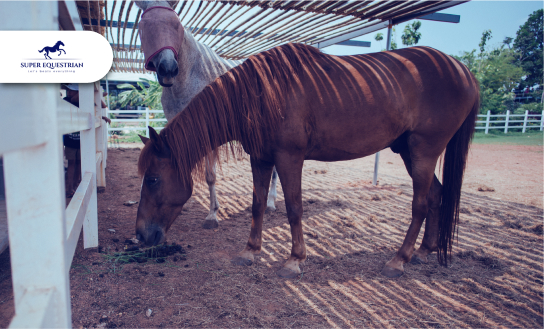
Common Equine Diseases and How ...
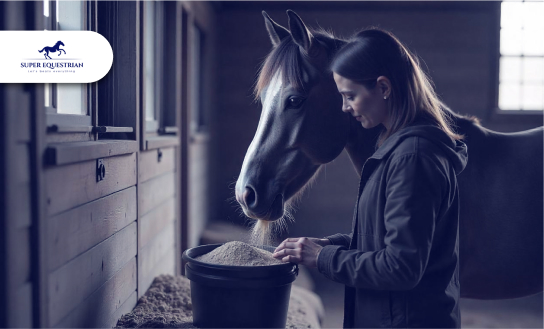
Equine Health Supplements: What Every ...
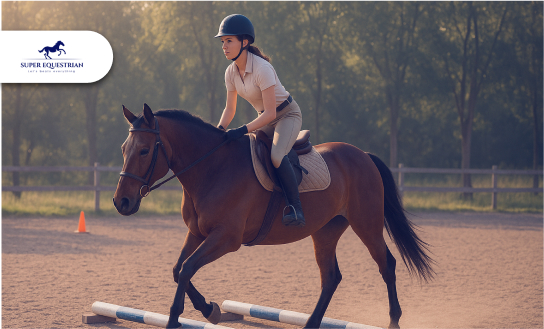
Jumping Basics: How to Prepare ...
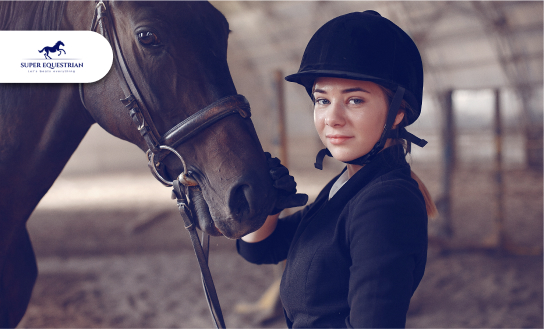
Essential Horse Riding Gear for ...
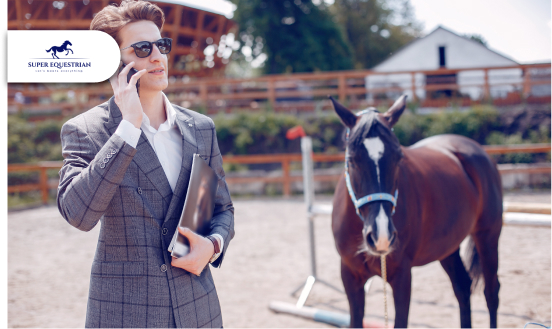
How to Balance Work, Life, ...

How to Balance Work, Life, ...
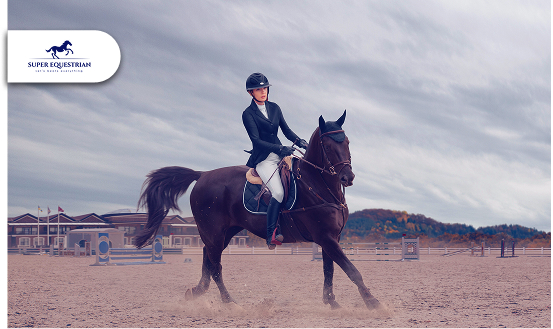
Top 5 Exercises to Improve ...
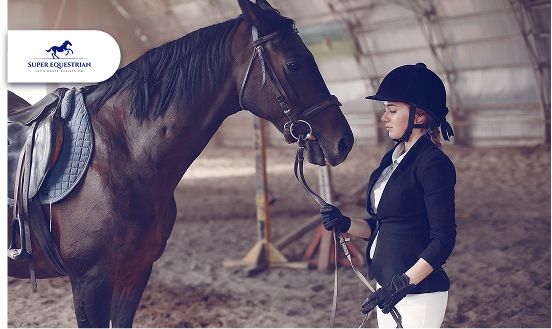
How to Build Confidence as ...
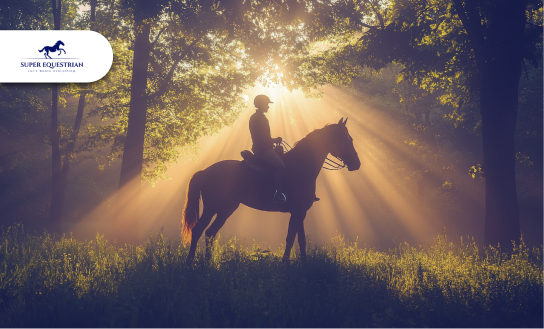
Spotlight on Equestrian Legends: Riders ...

Horse Auctions and Sales...

Top Horse Friendly Travel Destinations ...

How to Build Stronger Bonds ...

Upcoming Horse Shows and Competitions ...
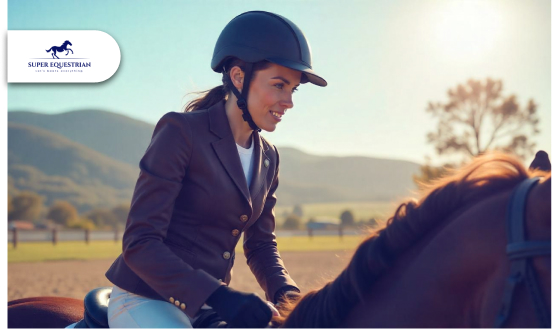
MIPS Equestrian Helmet The Future ...

How to Recognize and Treat ...
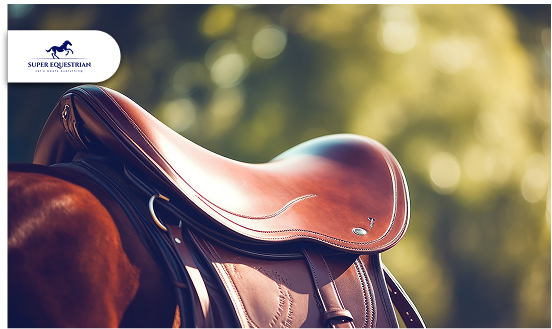
How to Choose the Perfect ...
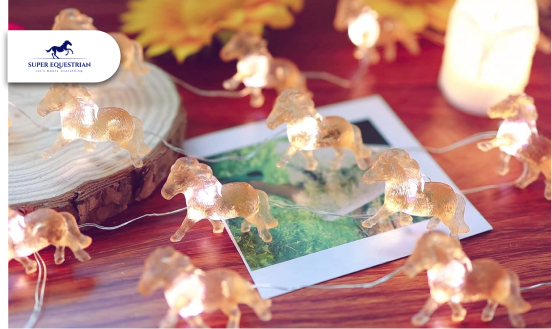
Horse-Themed Gifts Unique Ideas ...
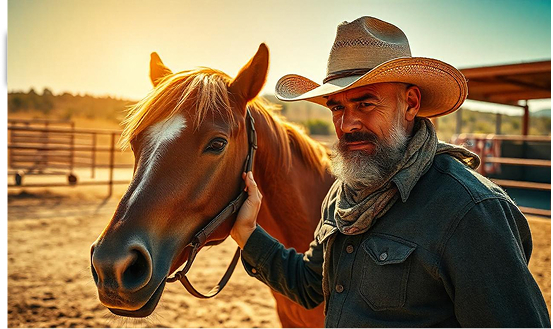
Horse Training Techniques: Creating A ...
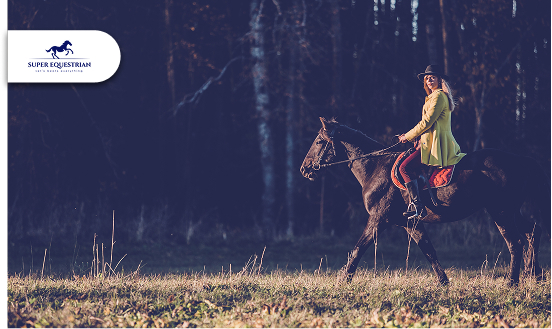
Horseback Riding Lessons – Everything You ...
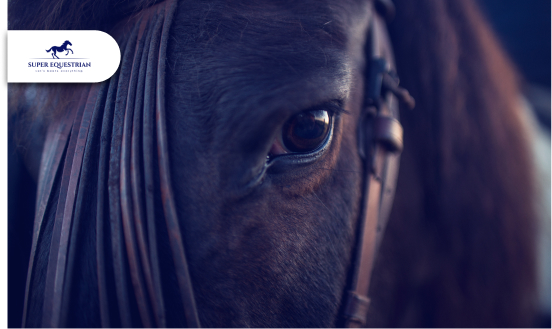
Horse Photography Tips: Learn the ...
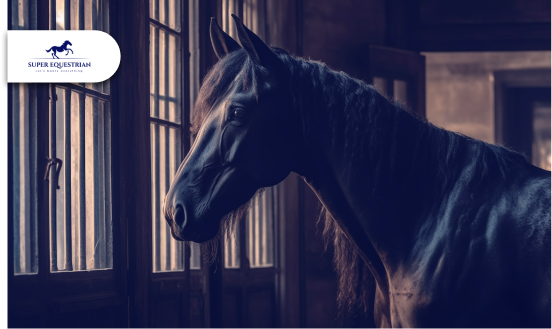
Horse Stable Management: The Quiet ...
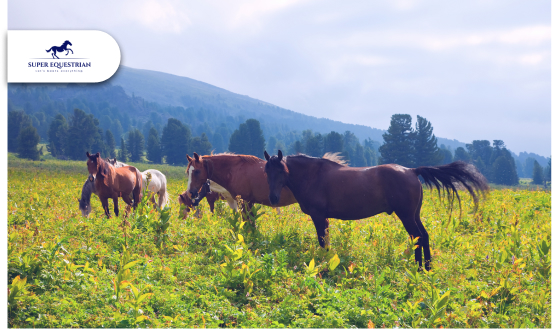
Horse Rescue Organizations: A Profound ...
Horse Racing Events A Look ...
Best Horse Manure Fork Six ...
What Are The Rarest Horses ...
What Does It Mean When ...
Horse Insurance Providers This Is ...

Horse Behaviour and Psychology: Learn ...

How Much Does a Horse ...
.jpg)
Best Monoflap Saddles For Your ...
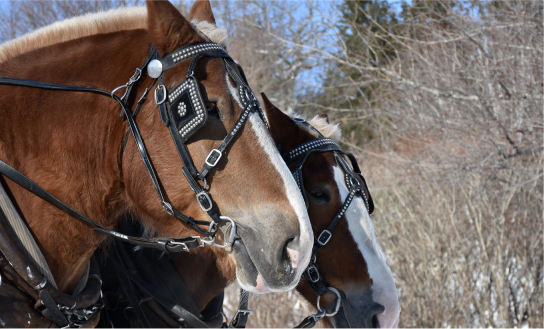
Best Hackamore For Barrel Racing...
.jpg)
Best Barrel Racing Reins Top ...
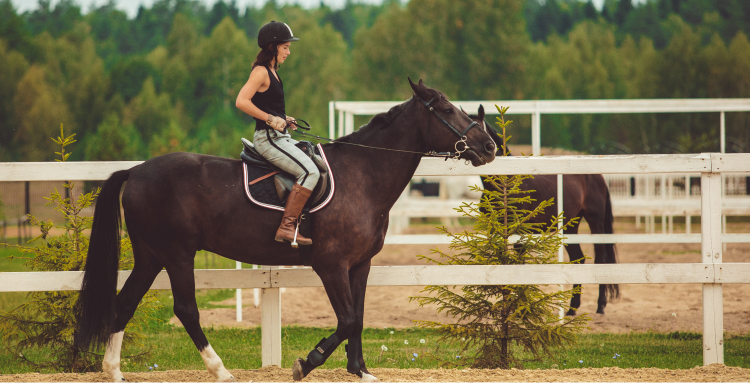
Horse Anatomy And Physiology: Facts ...
.jpg)
Best Stirrups For Ankle Pain - ...
.jpg)
Horse Care Tips and Tricks: ...
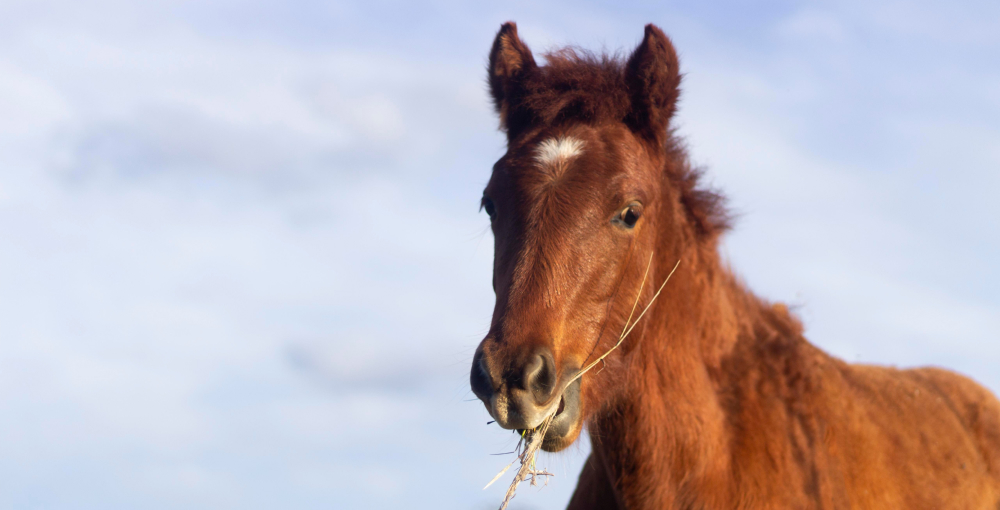
What Do Wild Horses Eat- ...
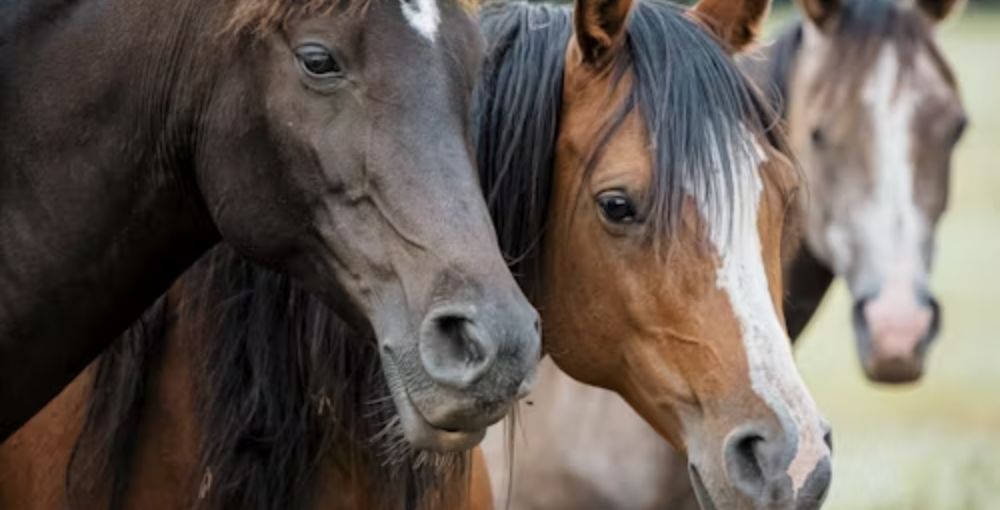
Horse Breeds and Characteristics: How ...
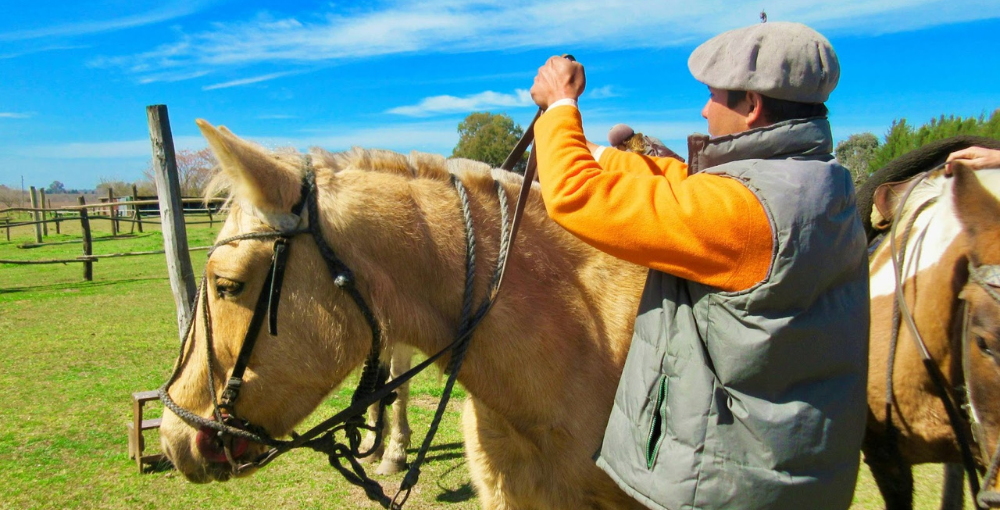
Best Barrel Racing Reins - Top ...

Horse Breeds and Characteristics: How ...
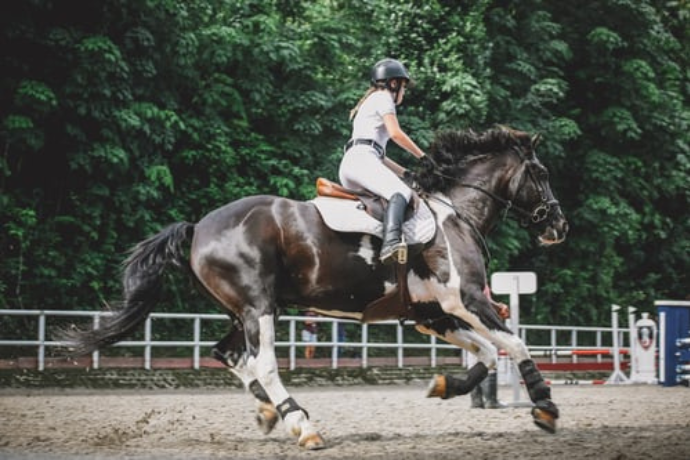
Best Breeches For Curvy Riders...
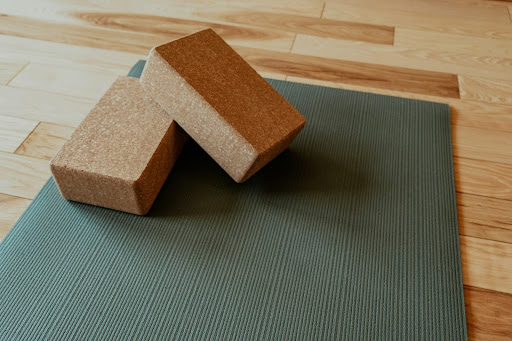
Best Stall Mats For Horses - ...

Best Horse Brushes ( A Thread ...

Best Saddle Rack ( Keep Your ...

Best Bit For Training a ...
.jpg)
10 Morgan Horse Show Held ...
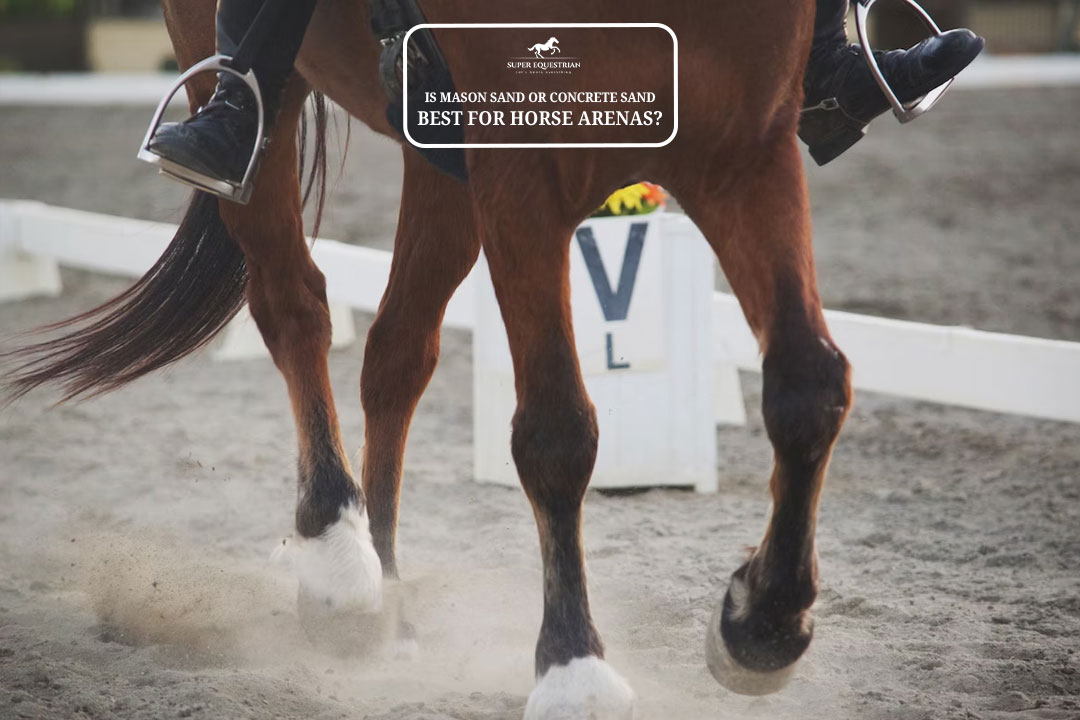
Is Mason Sand Or Concrete ...
.jpg)
Best Girth For Your Horse ...
.jpg)
Ranch Cutter vs Cowhorse Saddle? ...
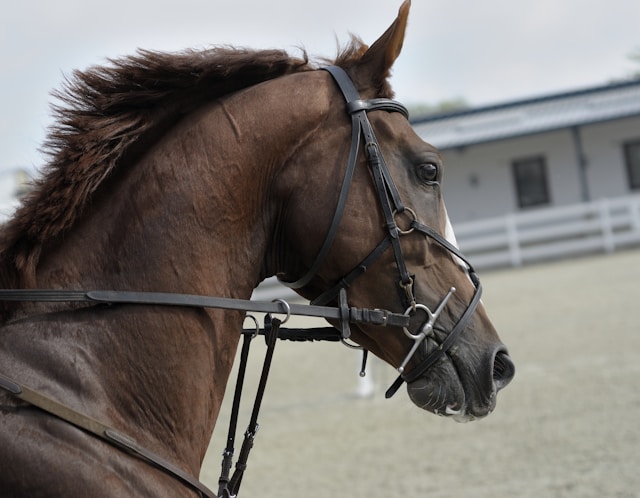
Types of Horse Bit and ...
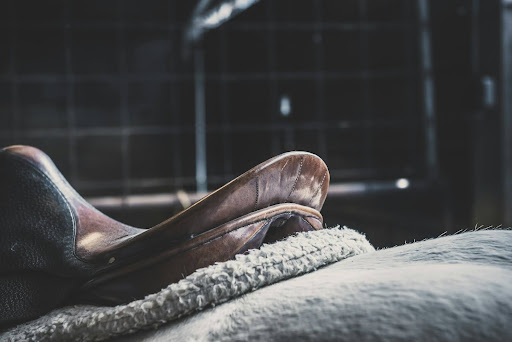
Is Hilason a Good Saddle ...
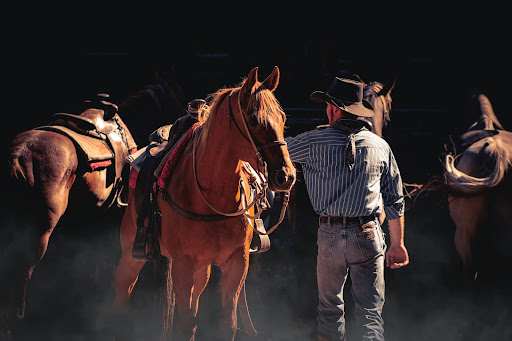
How to choose a bit ...
.jpg)
Best Salt Blocks For Horses...
.jpg)
Types of Horse Brushes (Equine ...
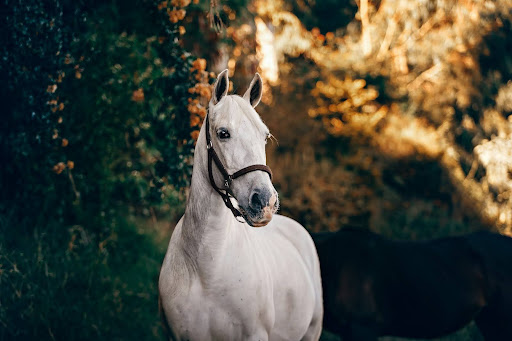
How To Get a Horse ...
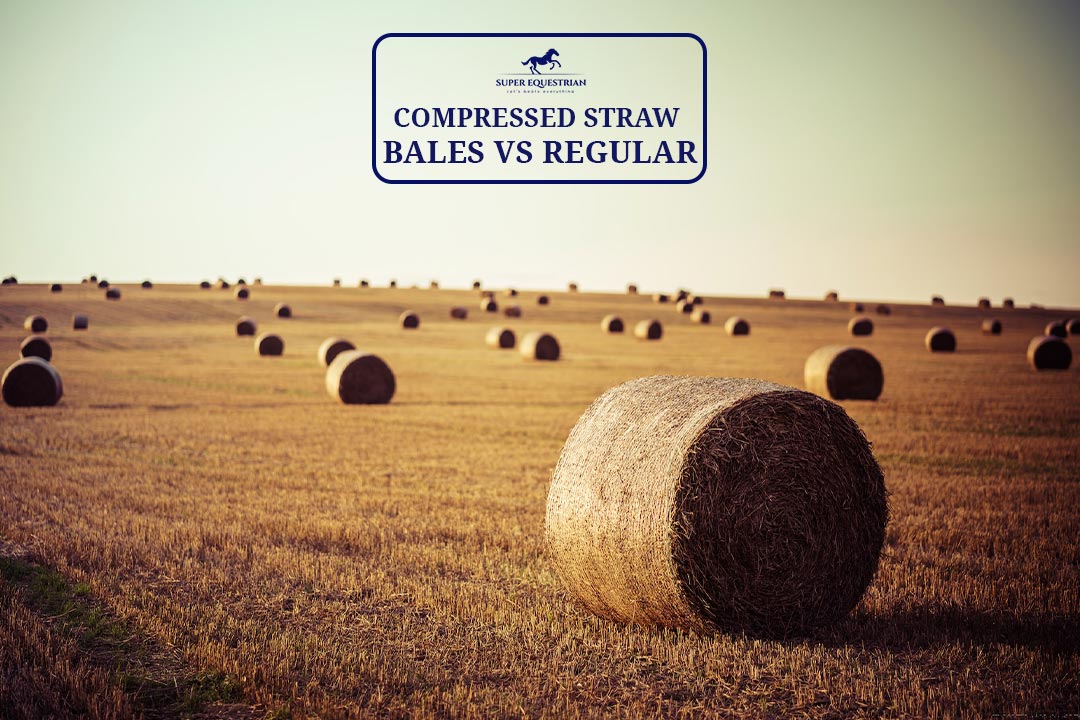
Compressed Straw Bales Vs Regular? ...
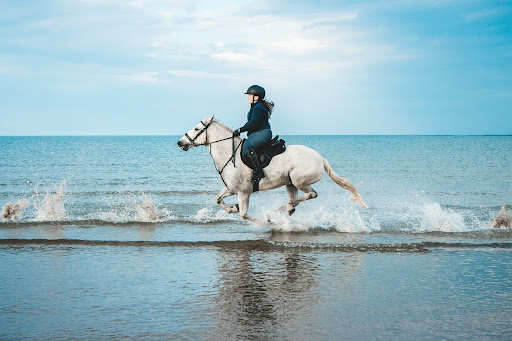
Horse Riding Lessons For Intermediate ...
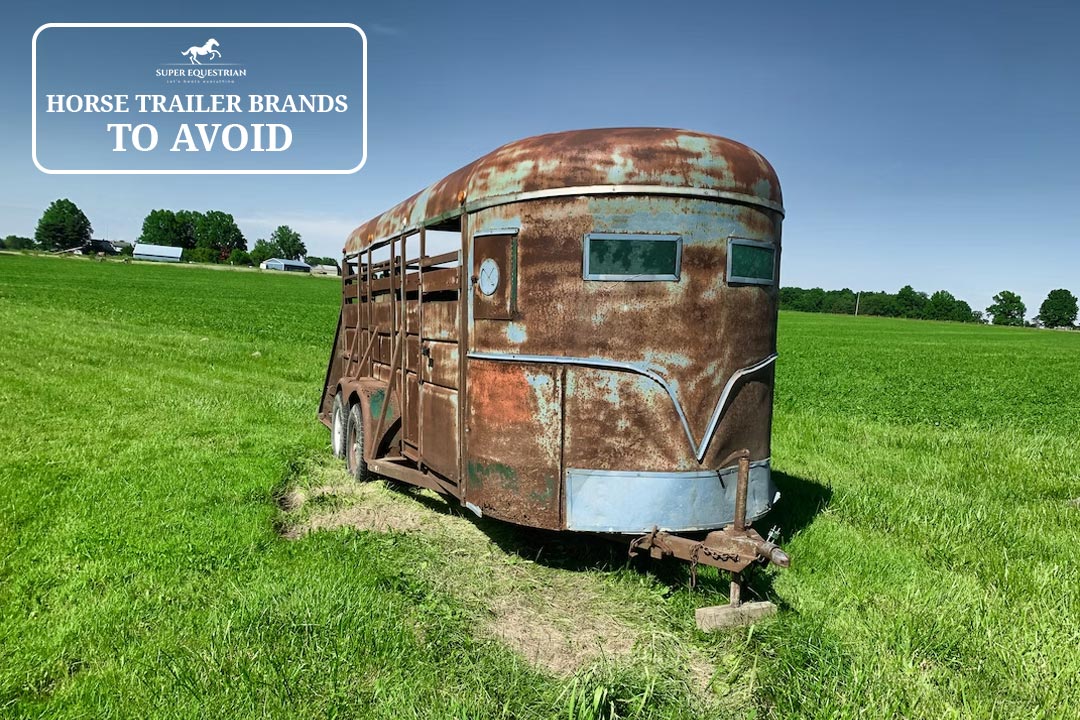
Horse Trailer Brands To Avoid...

Strawberry Roan vs Red Roan? ...
.jpg)
Gelding vs Stallion...
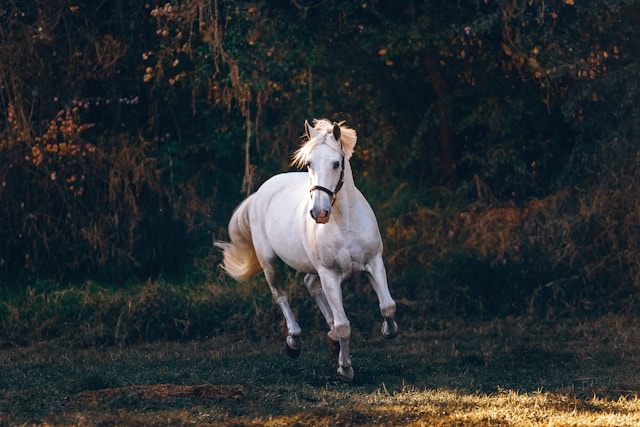
Why Does a Horse Whinny? ...
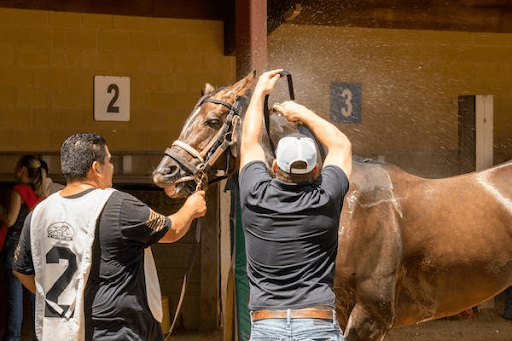
How to Clean a Rusty ...

Why Do Horses Foam at ...

Why Do Horses Bob Their ...

Nutrition Unveiled: Triple Crown Senior ...
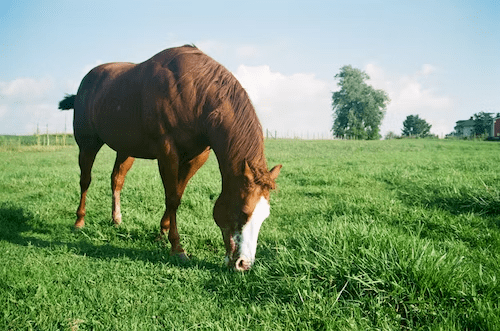
Pasture Pro Vs. Grazon: Horse-...
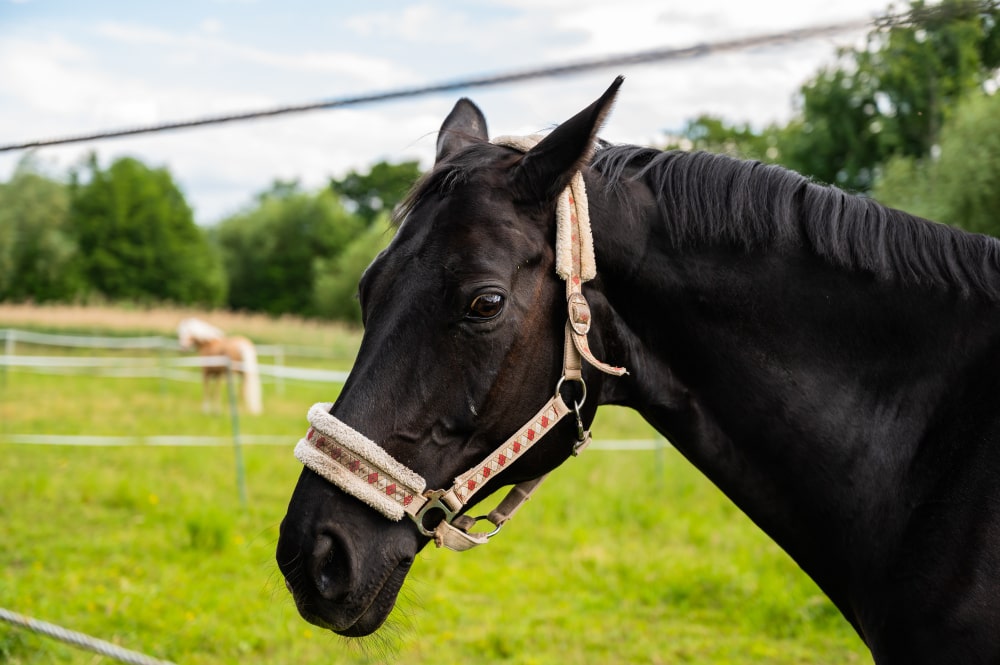
Dutch Gag Vs. Pelham: Bits ...
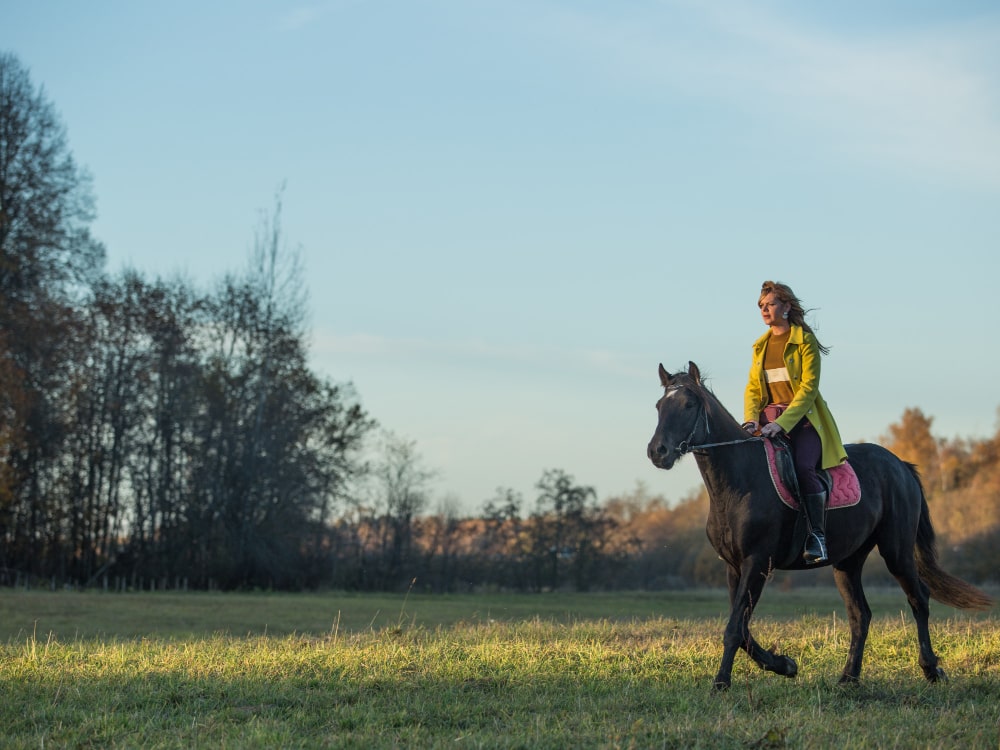
Walking Horse vs Racking Horse: ...
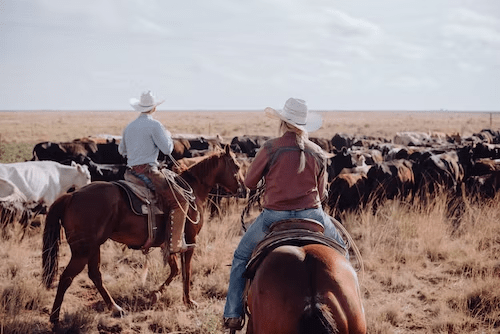
Wade vs Association Saddle: Your ...
.jpg)
Step Up vs Ramp Horse ...

Bosal vs Hackamore: A Head-...
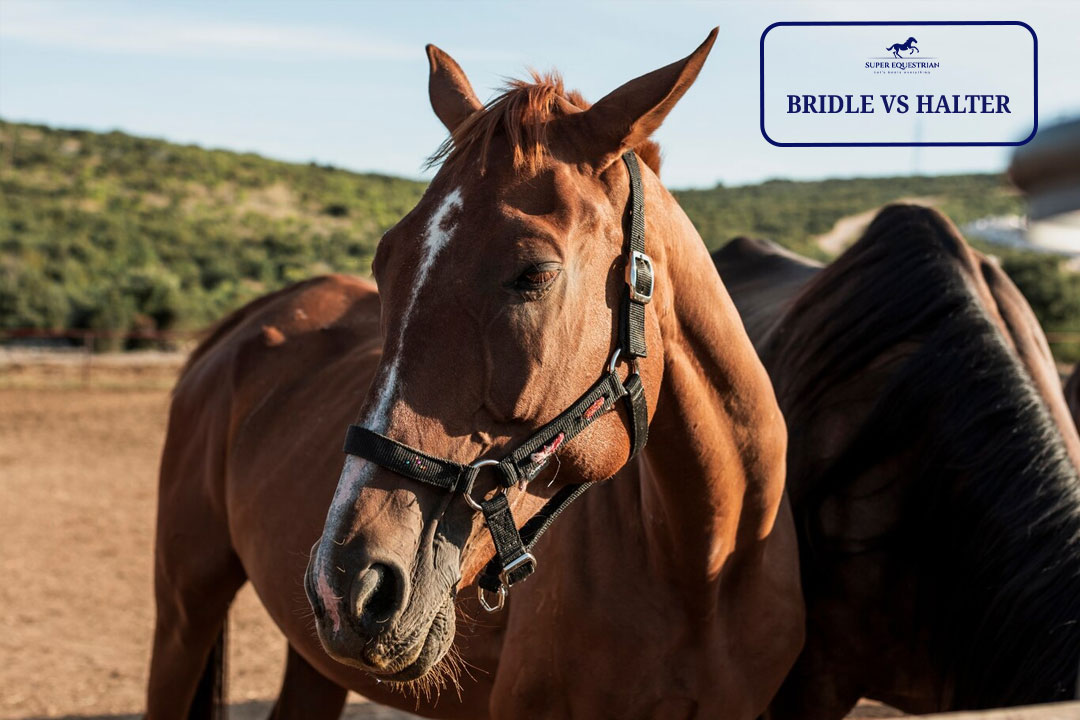
Bridle Vs Halter: Which One ...

Paddock Boots Vs Riding Boots: ...

Shadow Horse Trailer Problems: Causes, ...
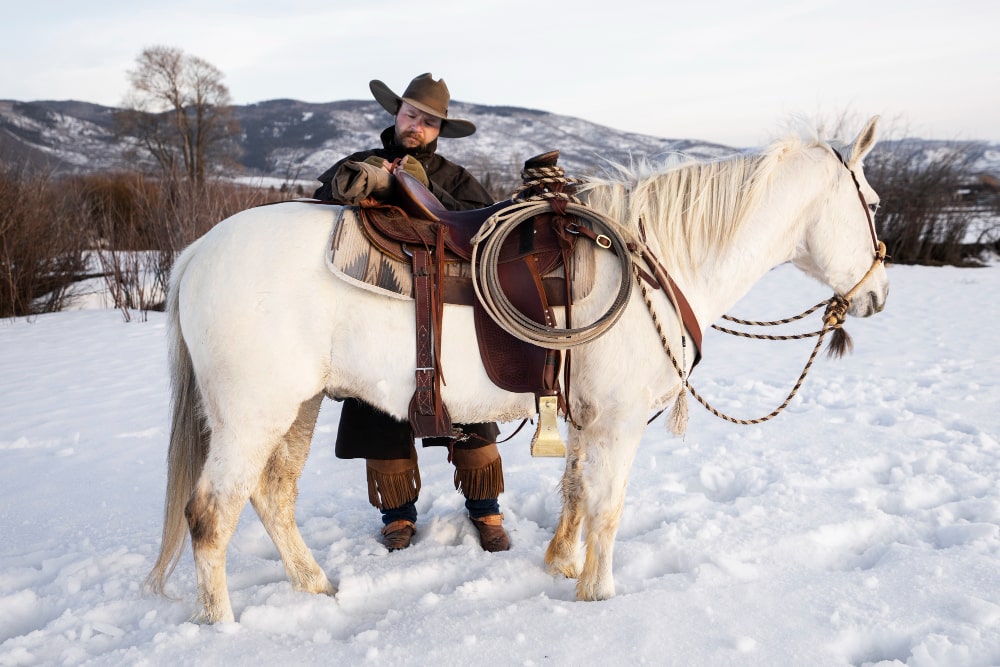
Are Billy Cook Saddles Good - ...

Let's Start at the ...
Benefits of Beet Pulp for ...
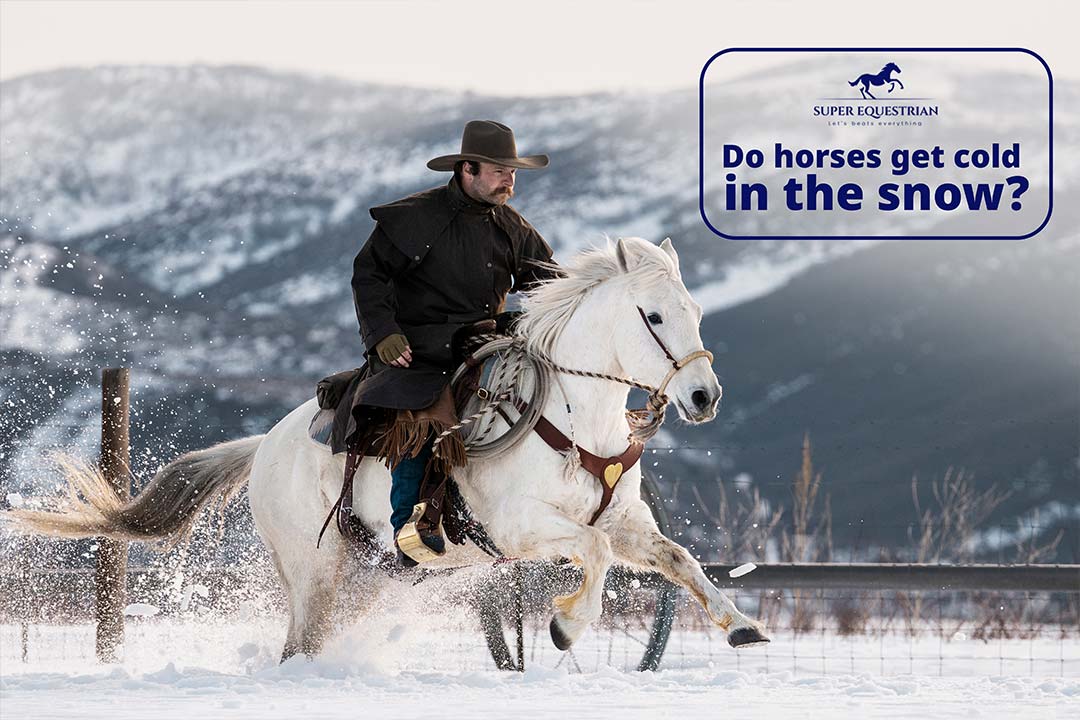
Do horses get cold in ...
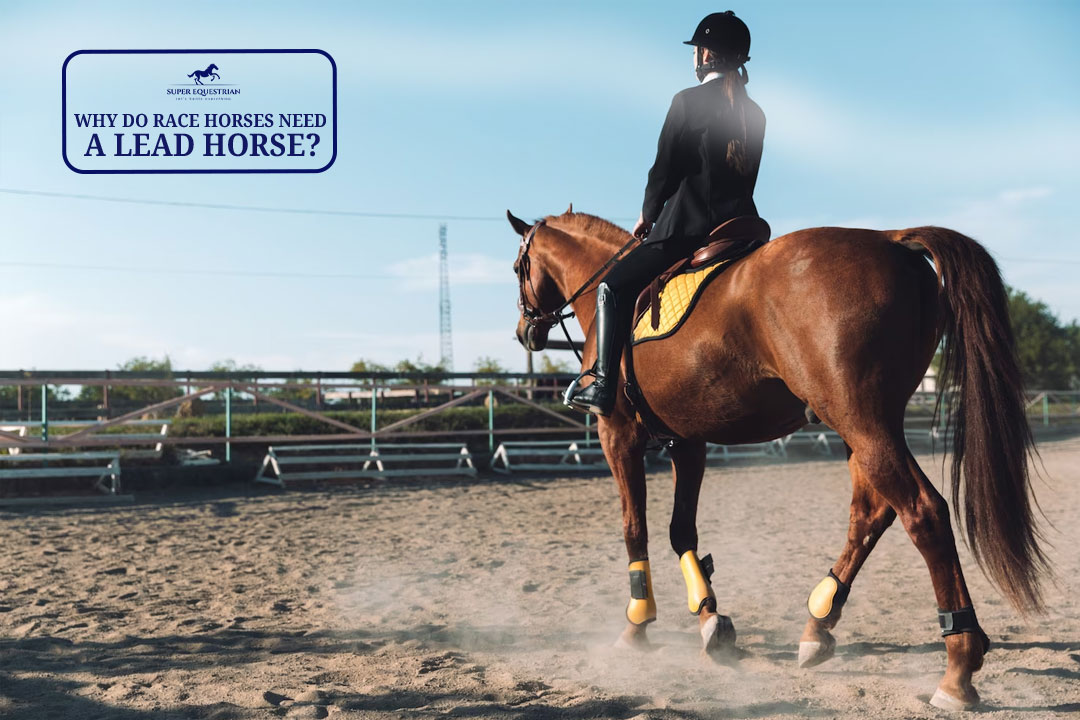
Why Do Race Horses Need ...
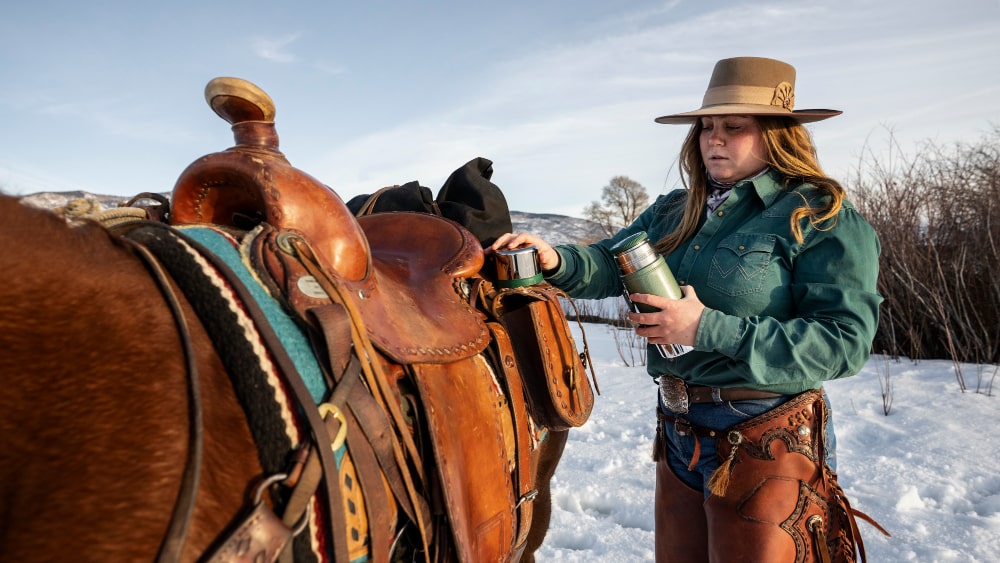
Ranch Saddle vs. Roping Saddle: ...

Round Pen vs Square Pen ...

Must Have Horse Trailer Accessories: ...
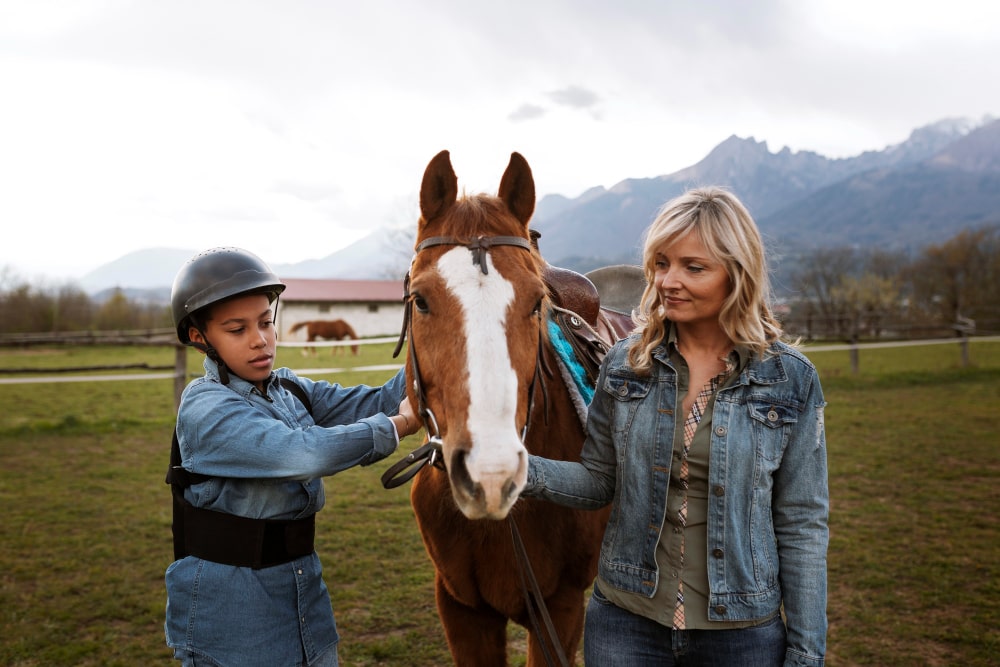
Is MIPS Worth for Equestrian?...
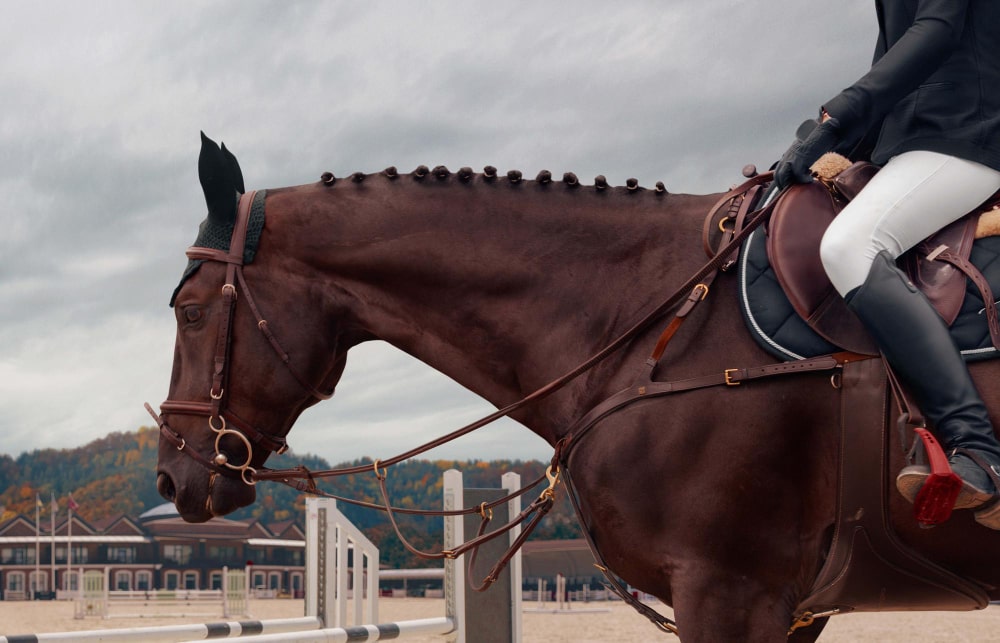
Natural Horsemanship vs Positive Reinforcement: ...

How to Mount a Horse ...
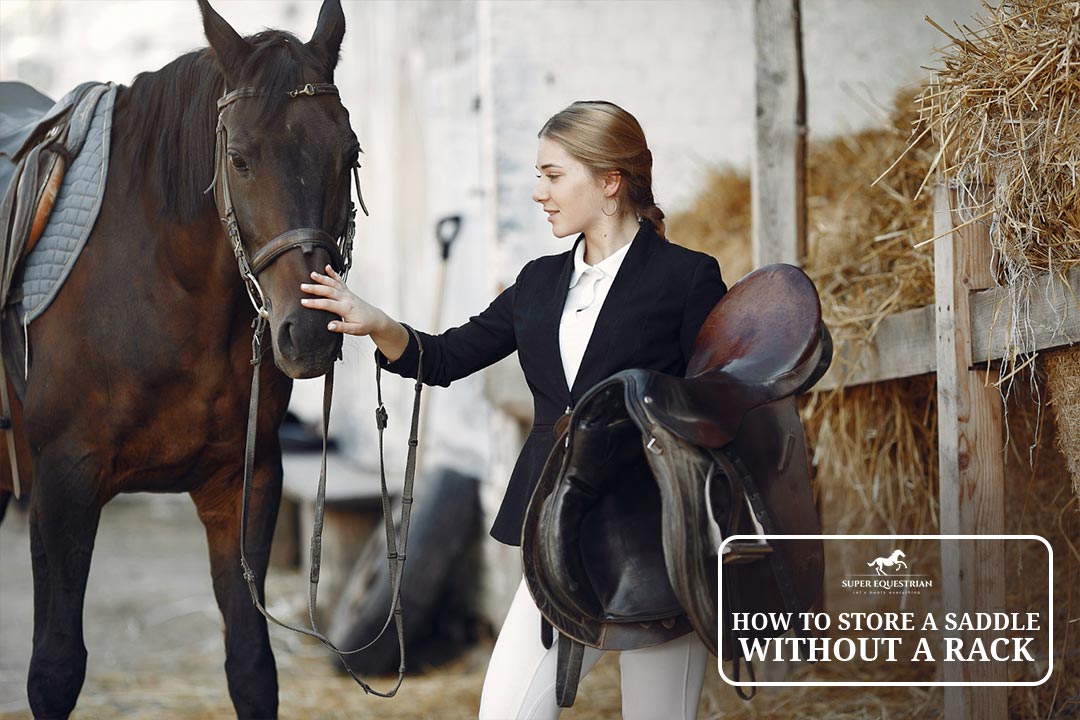
How to Store a Saddle ...

Why are Stirrups Important in ...
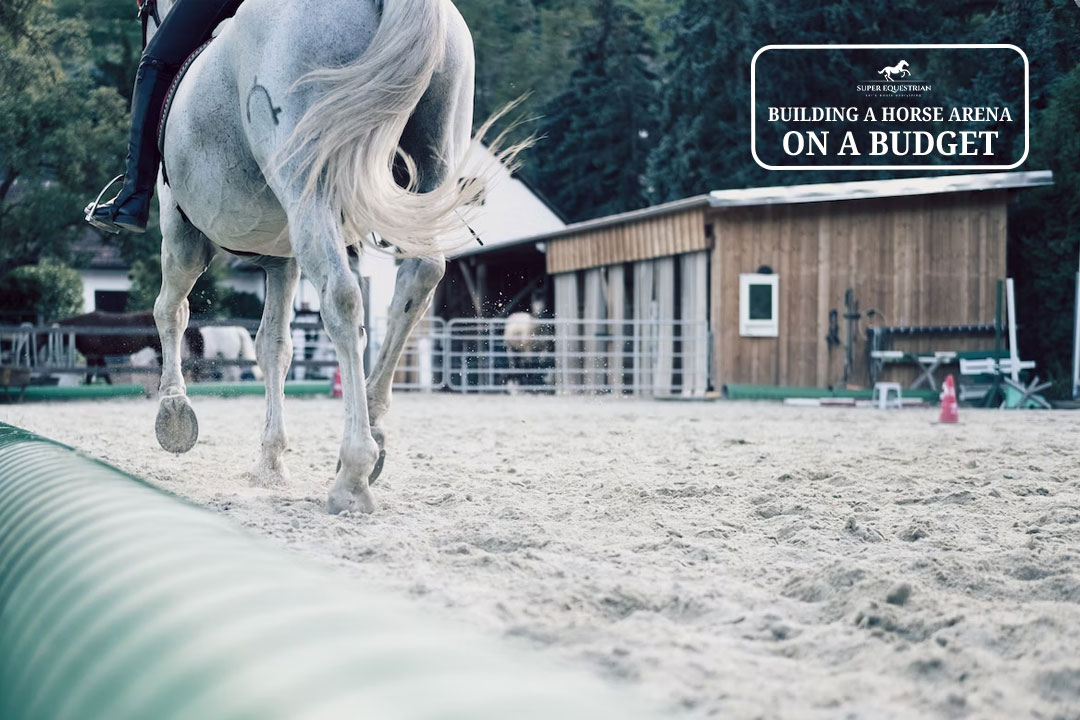
Building a Horse Arena on ...

How to Make Horse Treats ...

Order of Grooming a Horse...

Horse Riding Lessons Plan: The ...

Horse Trailer Roof Replacement and ...
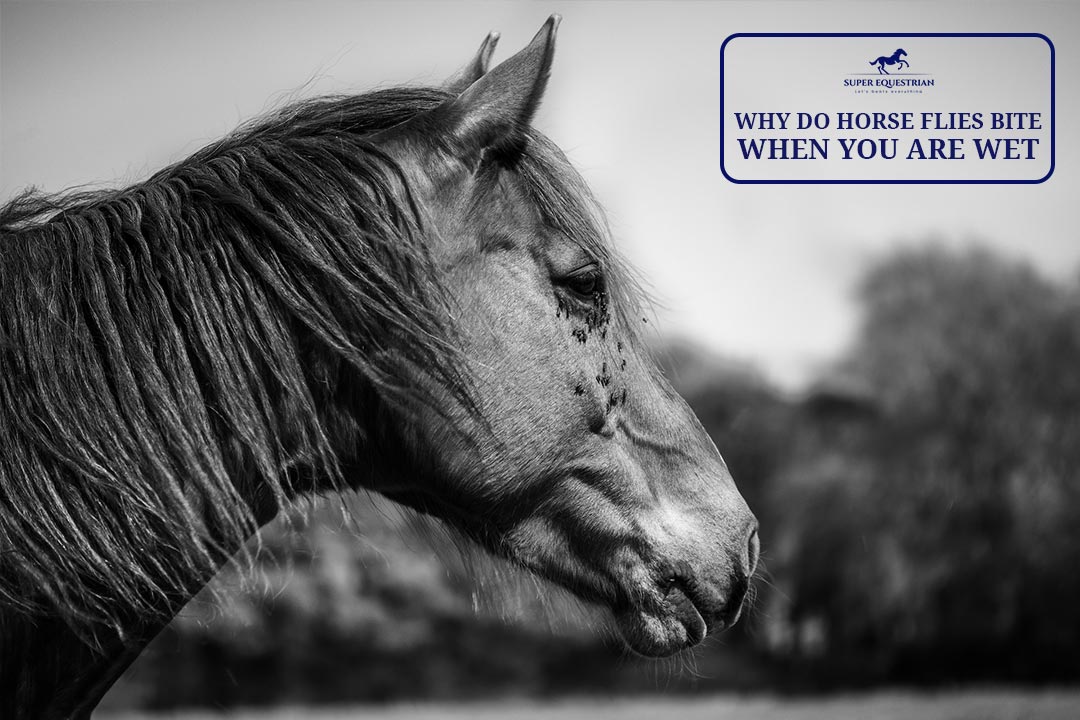
Why Do Horse Flies Bite ...
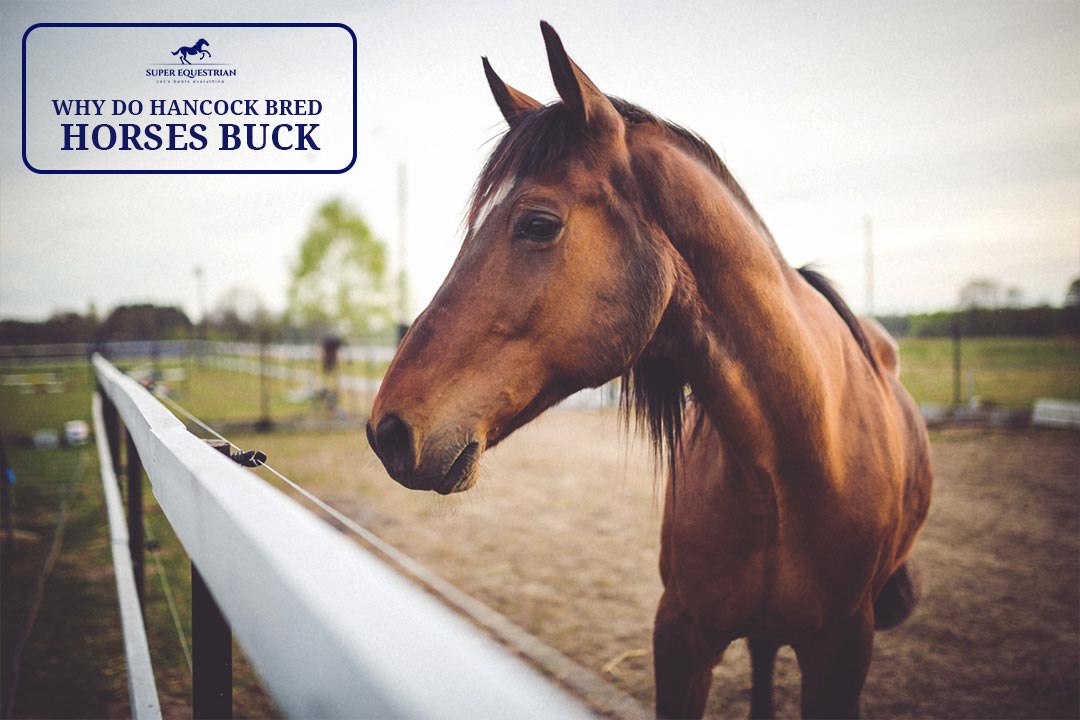
Why Do Hancock Bred Horses ...

Quarter Horse Bloodlines to Avoid...
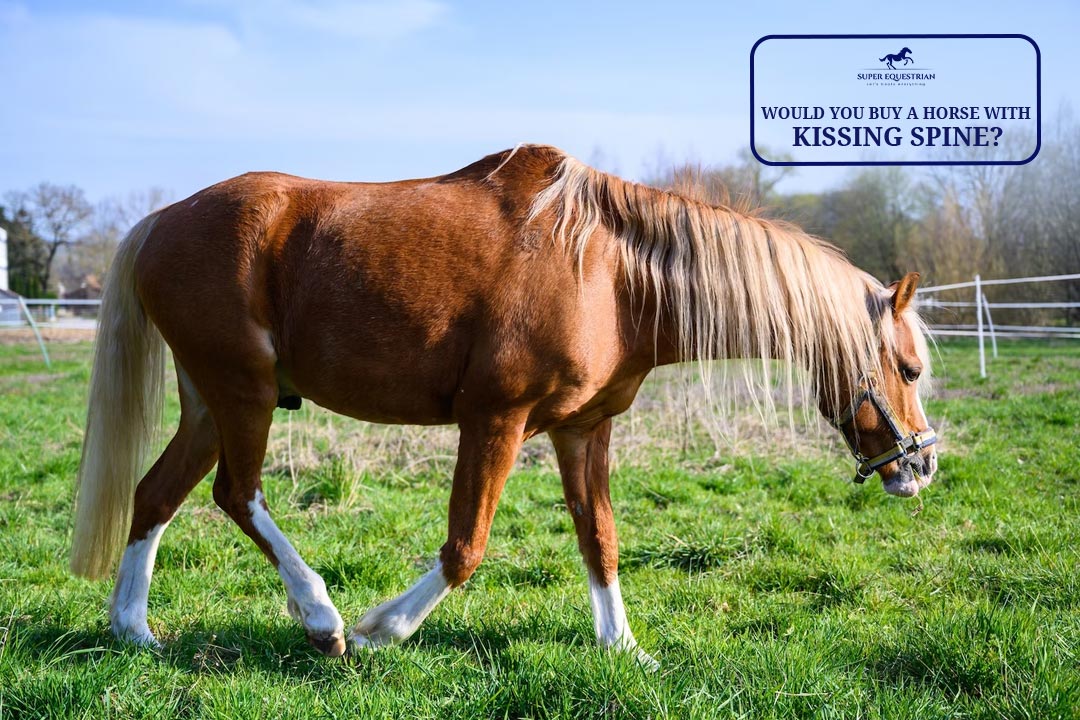
Would You Buy a Horse ...
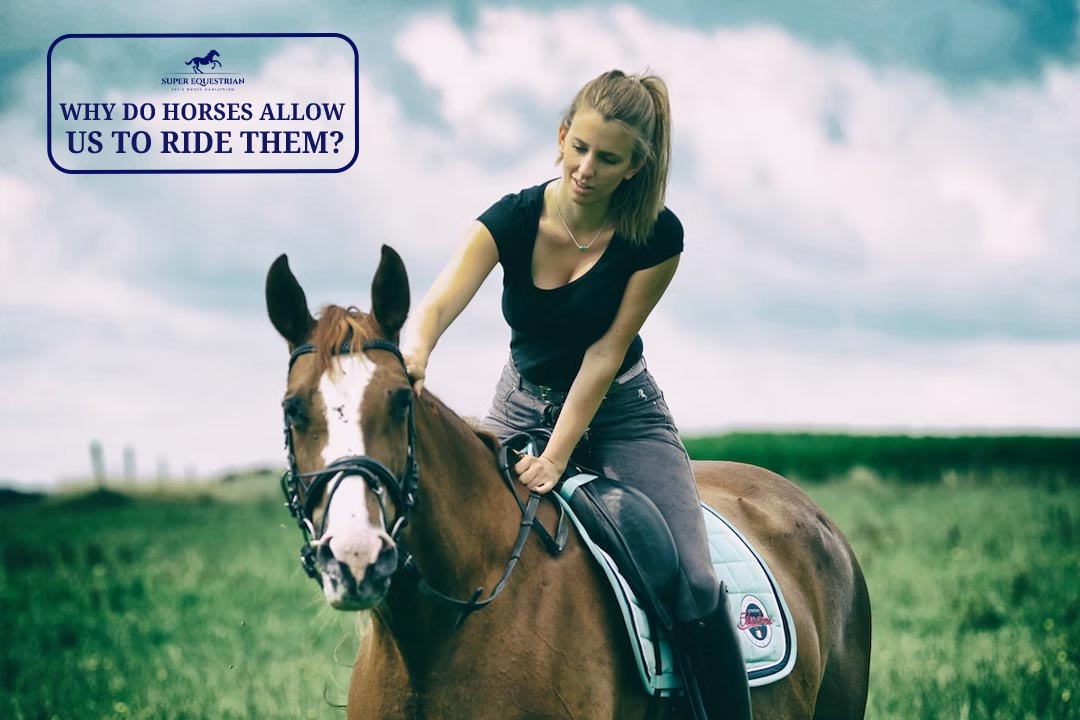
Why Do Horses Allow Us ...
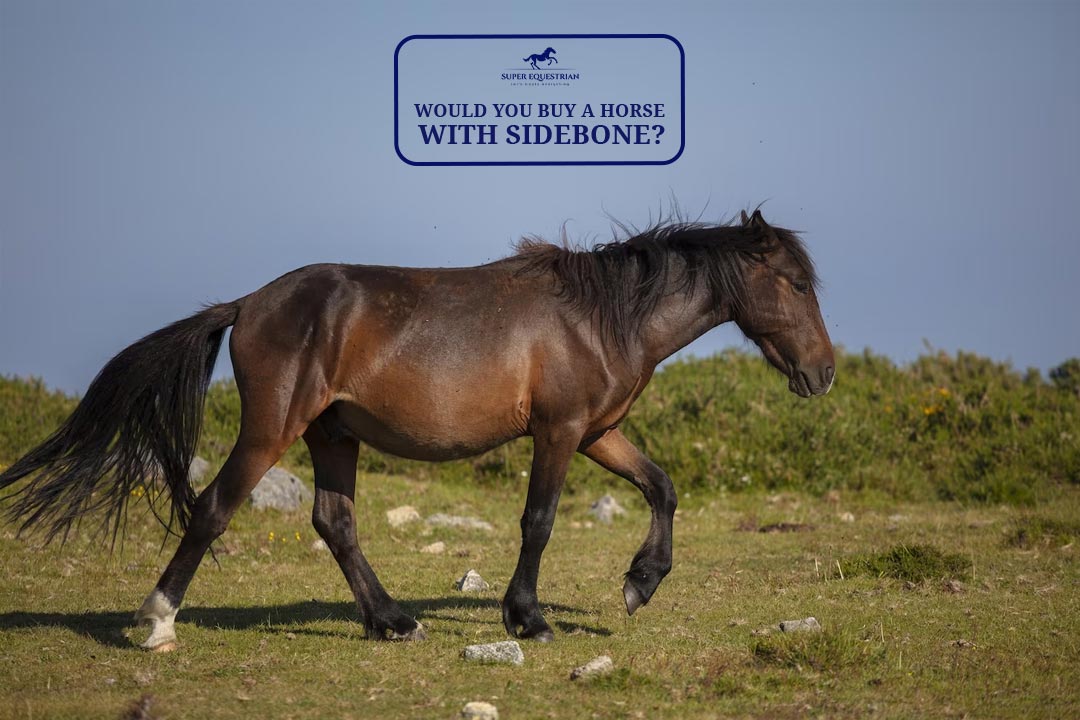
Would you buy a horse ...

Why Are Klapper Bits So ...
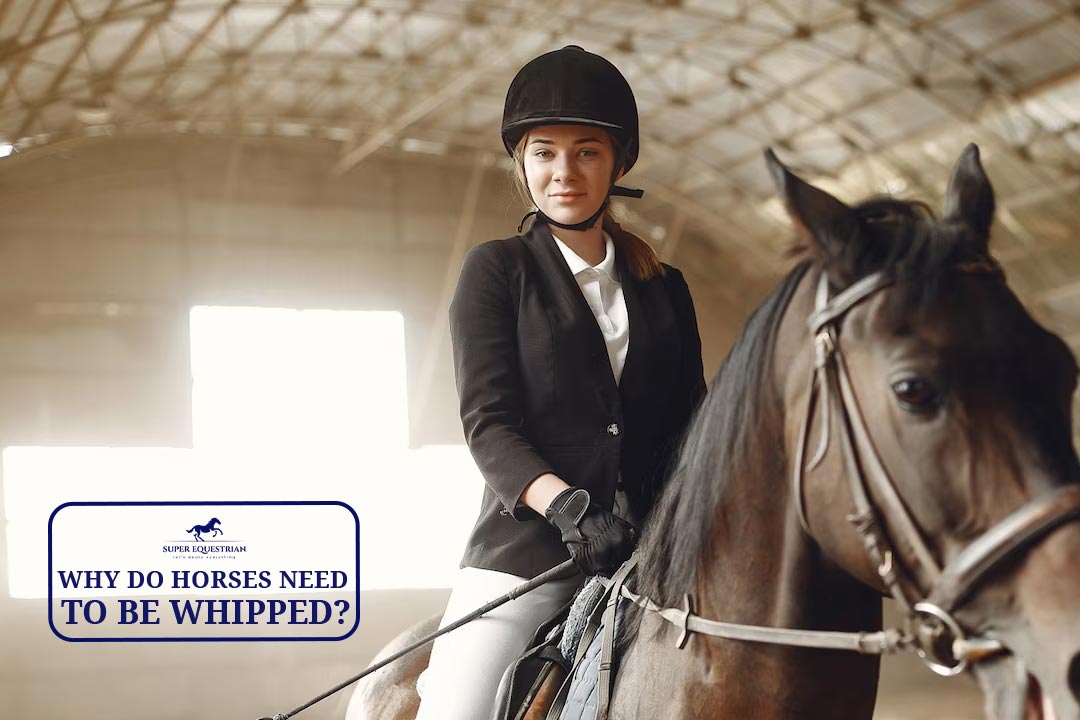
Why do horses need to ...

Why do you mount a ...
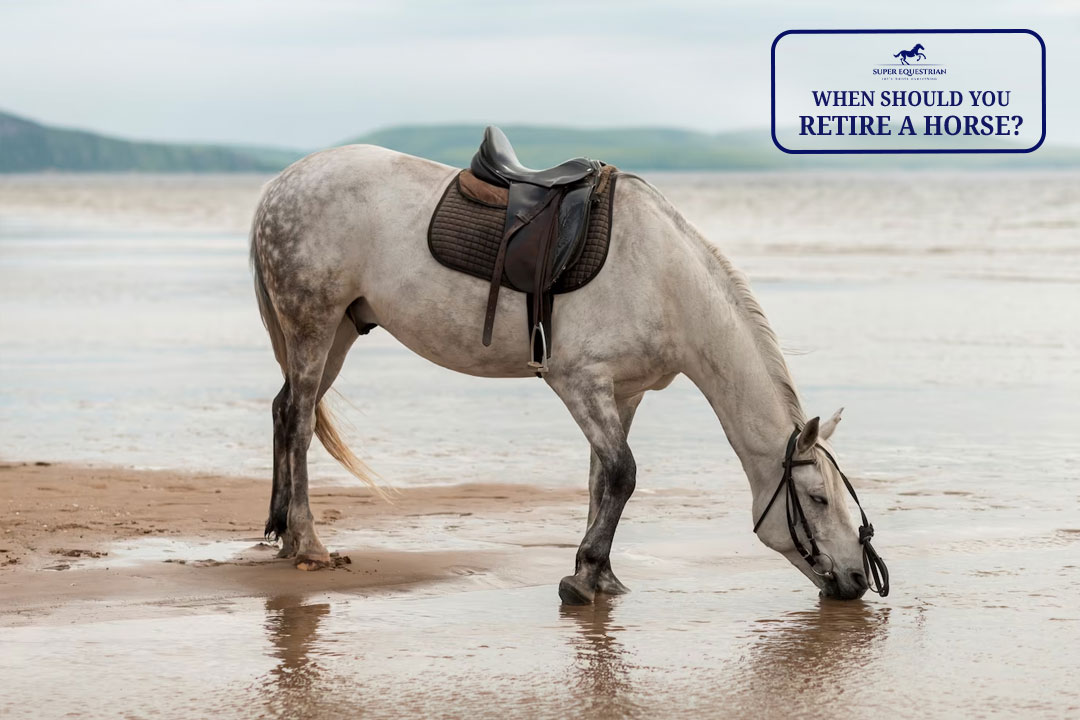
When Should You Retire A ...
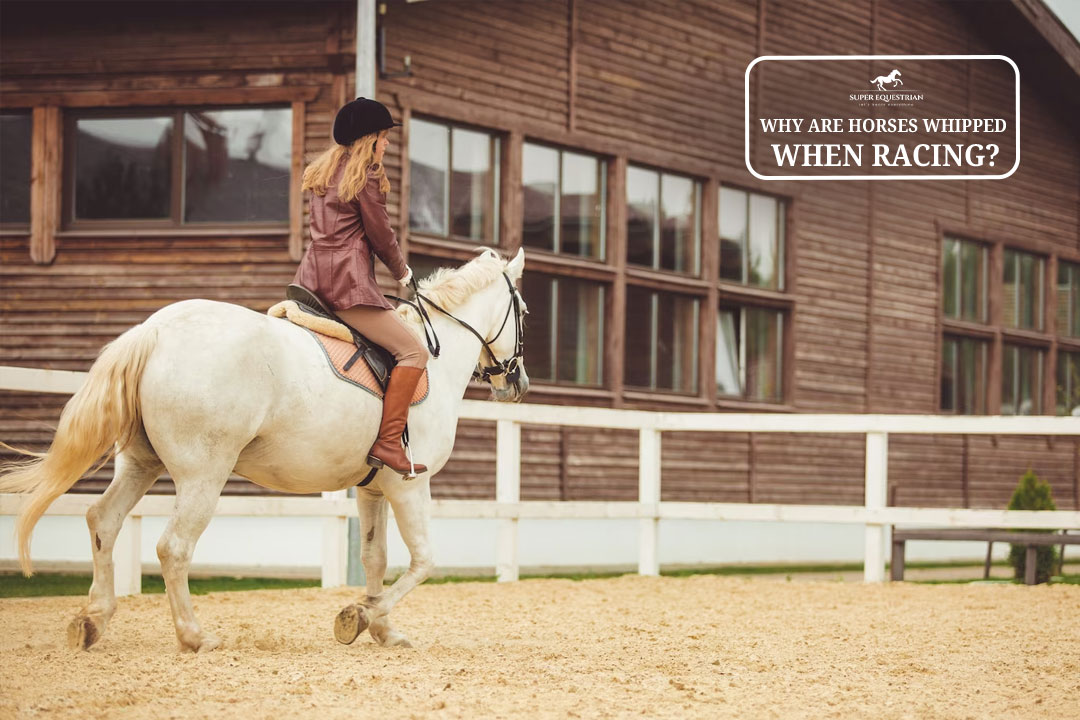
Why Are Horses Whipped When ...
.jpg)
Why Do Horses Have A ...
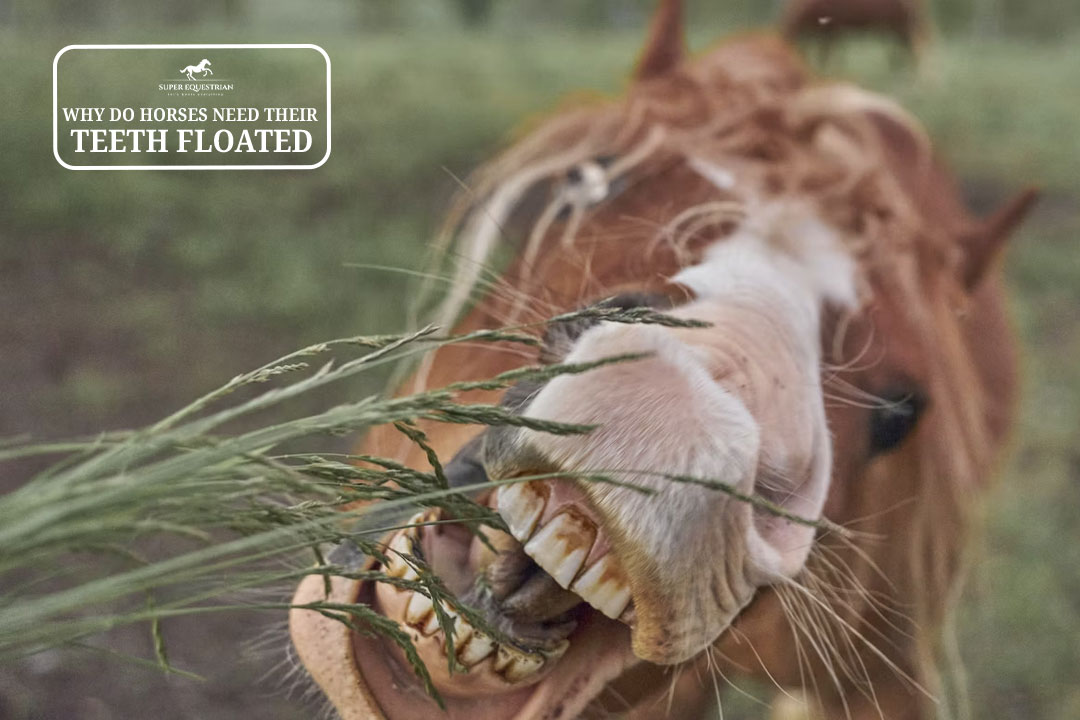
Why Do Horses Need Their ...

What To Do If Horse ...

What To Do If A ...
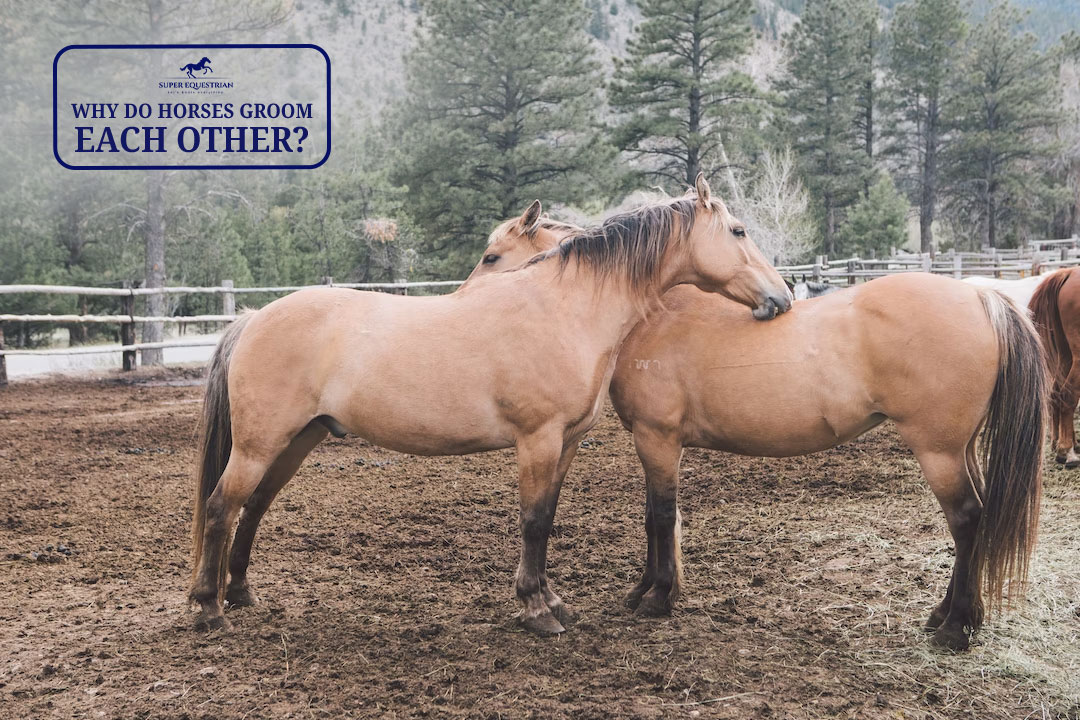
Why do horses groom each ...
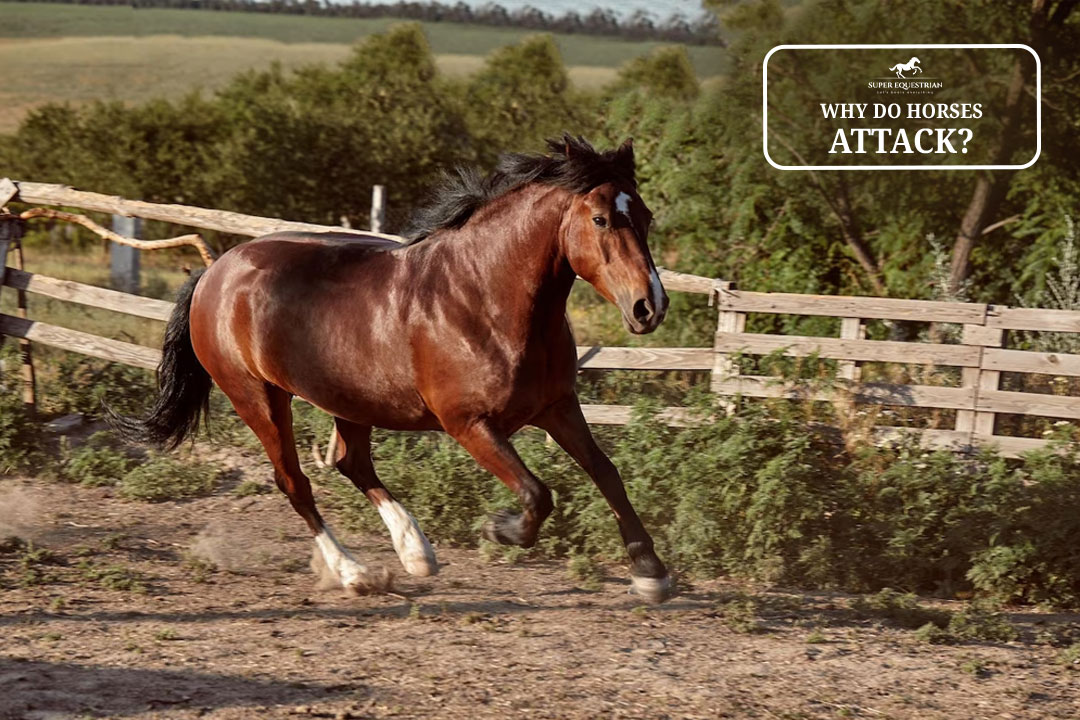
Why do horses attack...

Should I Use a Martingale ...

How to fit bell boots ...
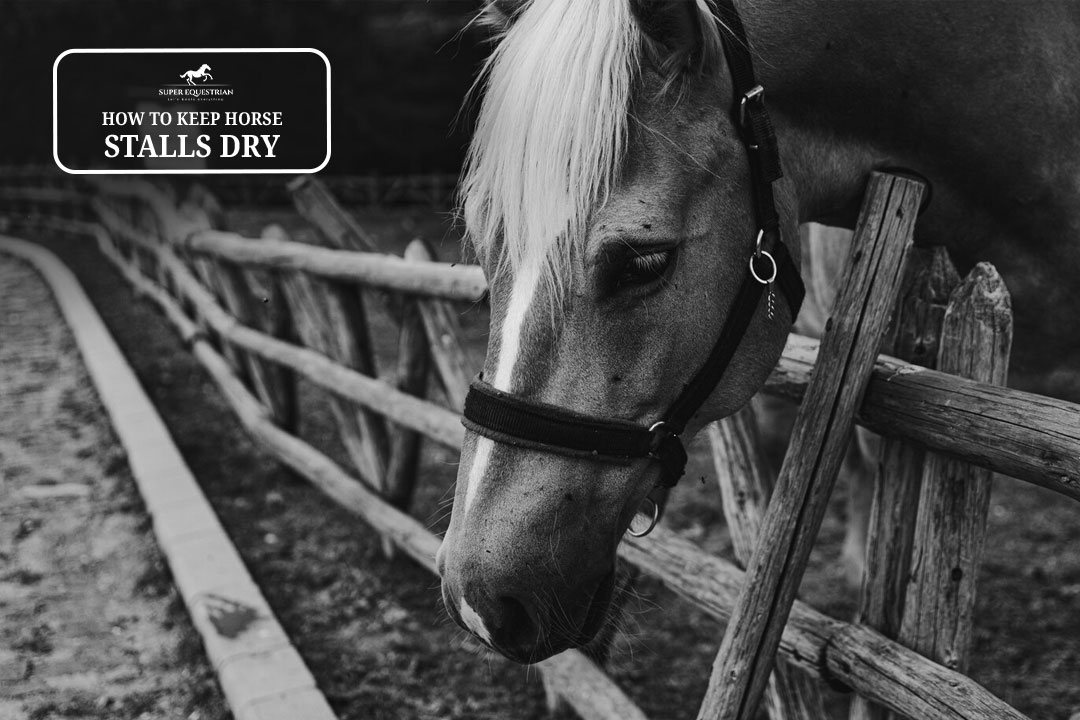
How To Keep Horse Stalls ...
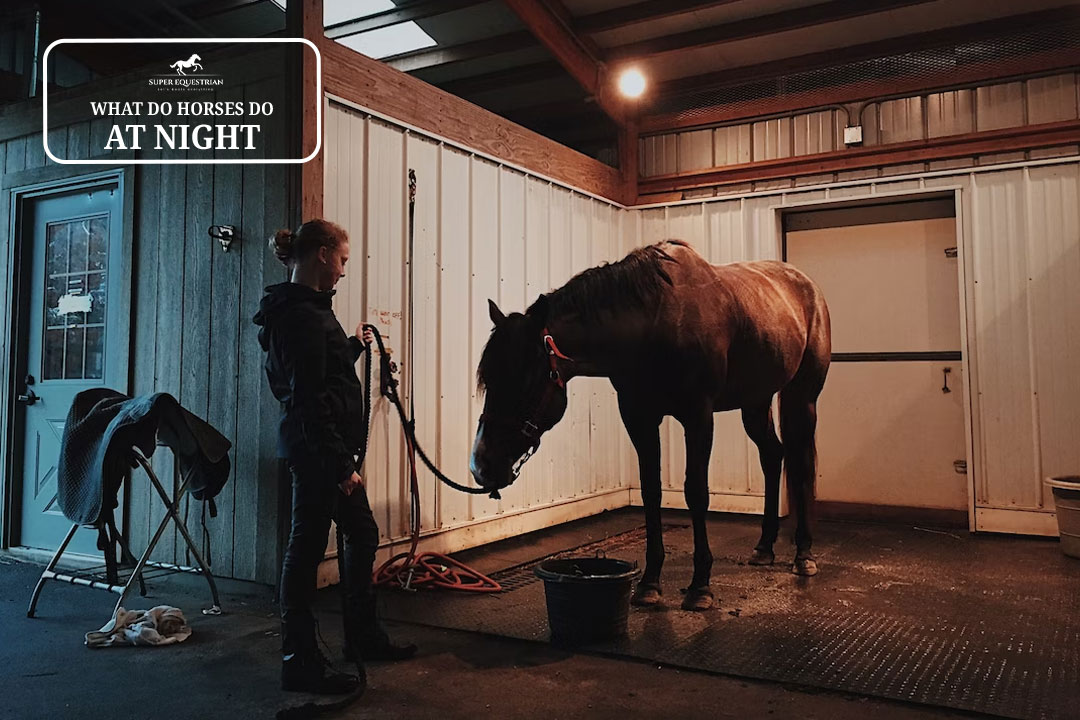
What Do Horses Do At ...

What do horses like to ...

Why do wild horses get ...
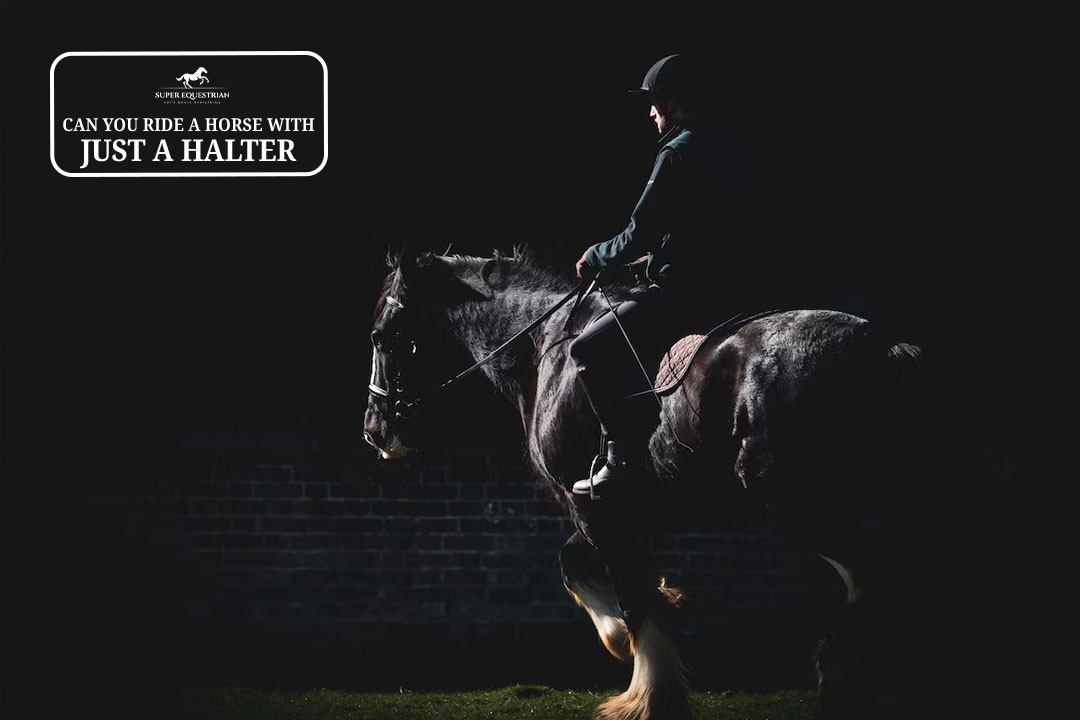
Can you ride a horse ...
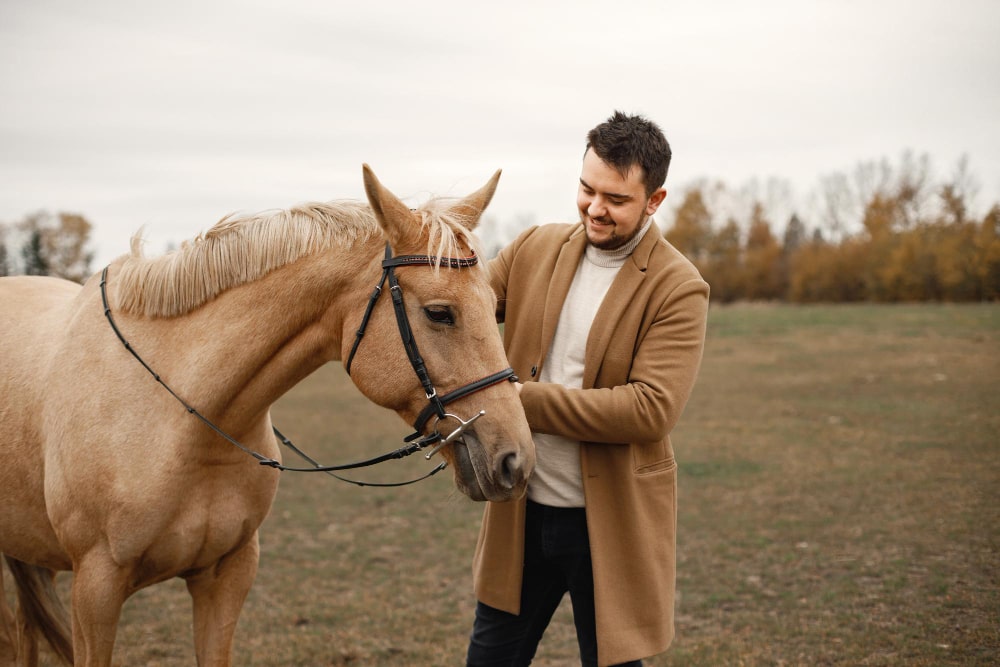
Are horses protective of their ...
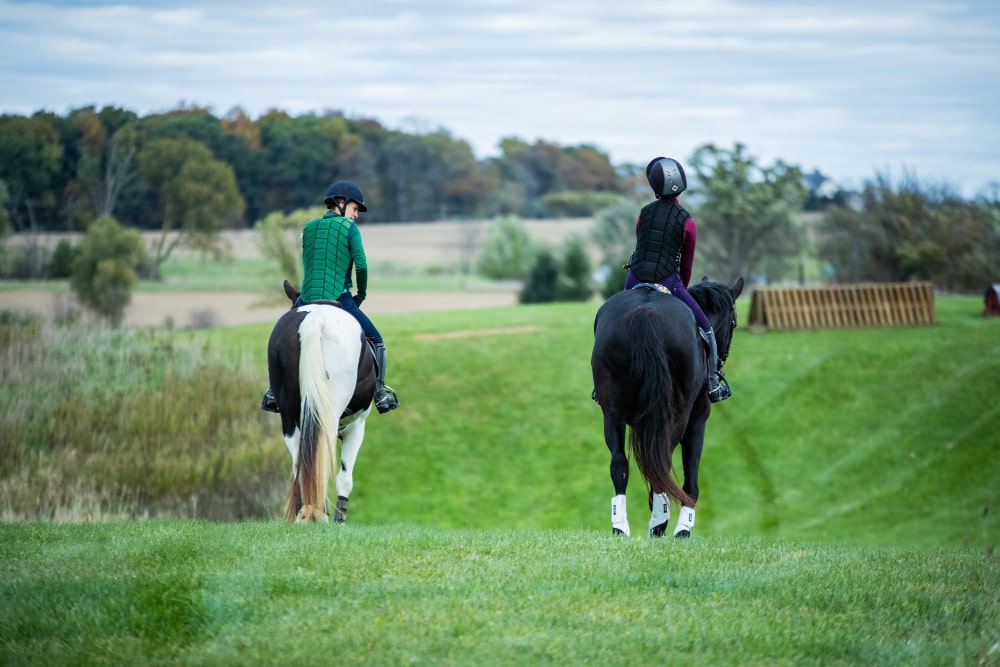
Why racking horses are popular ...
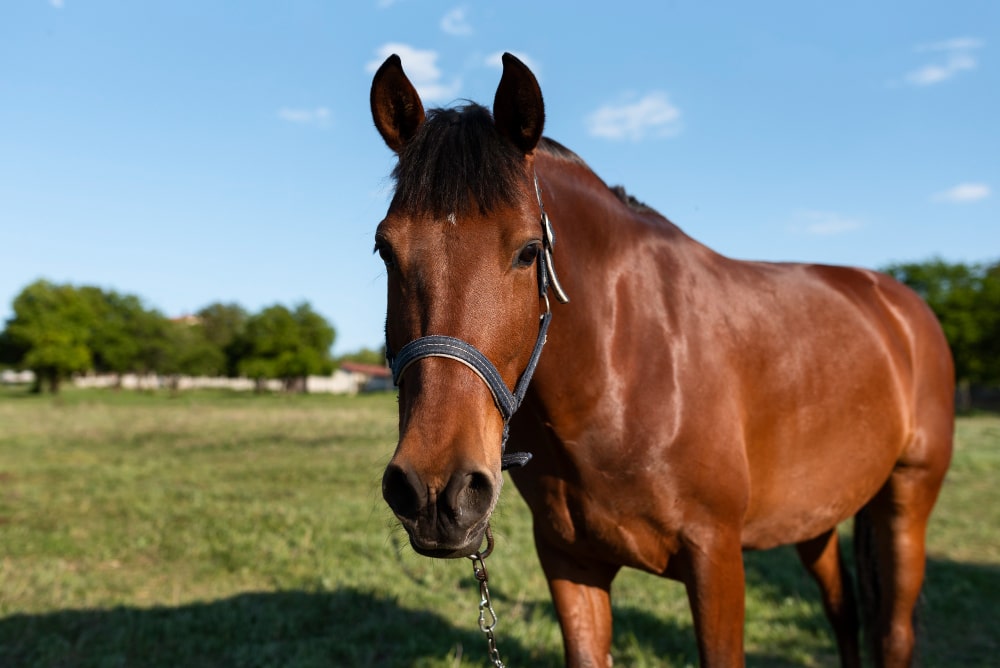
How To Keep Horses Off ...
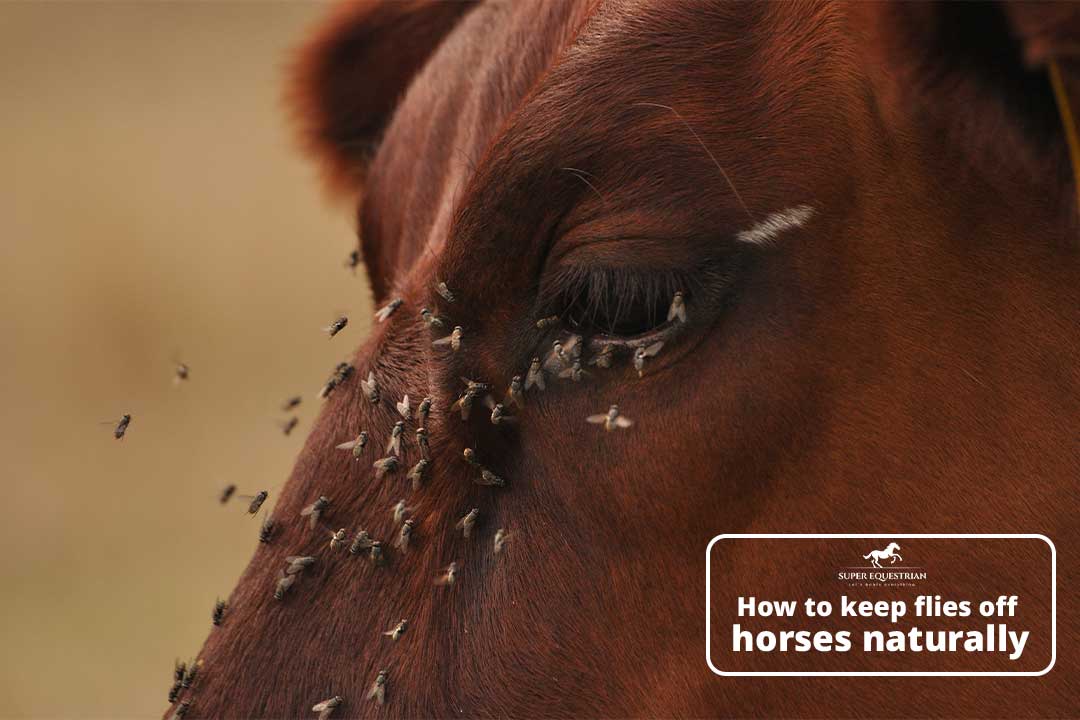
How to Keep Flies Off ...
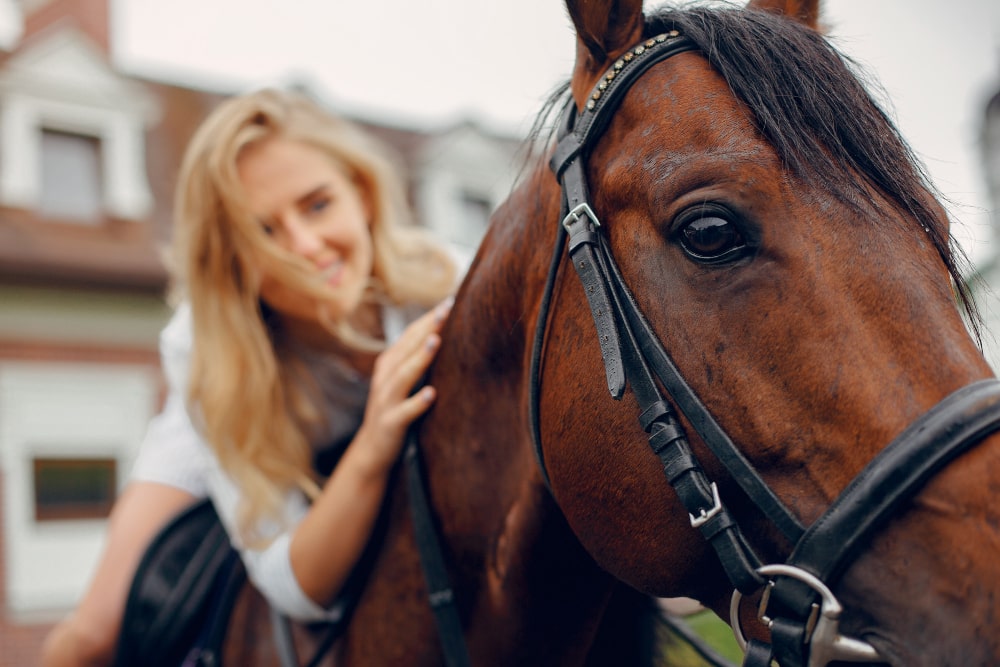
Pros and Cons Using A ...
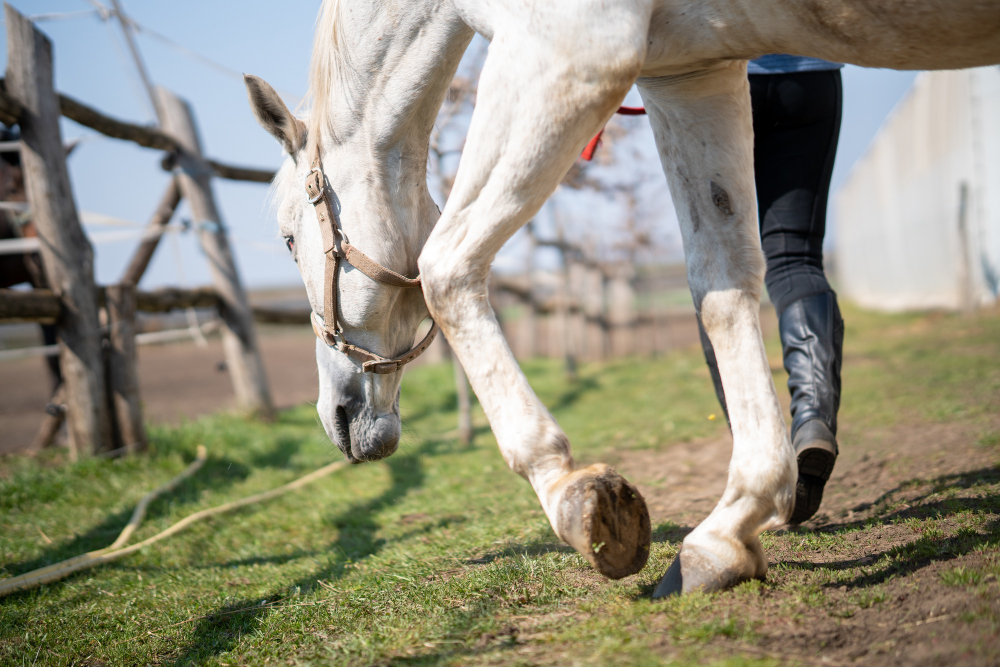
Can you ride a horse ...

Why are Corriente saddles so ...
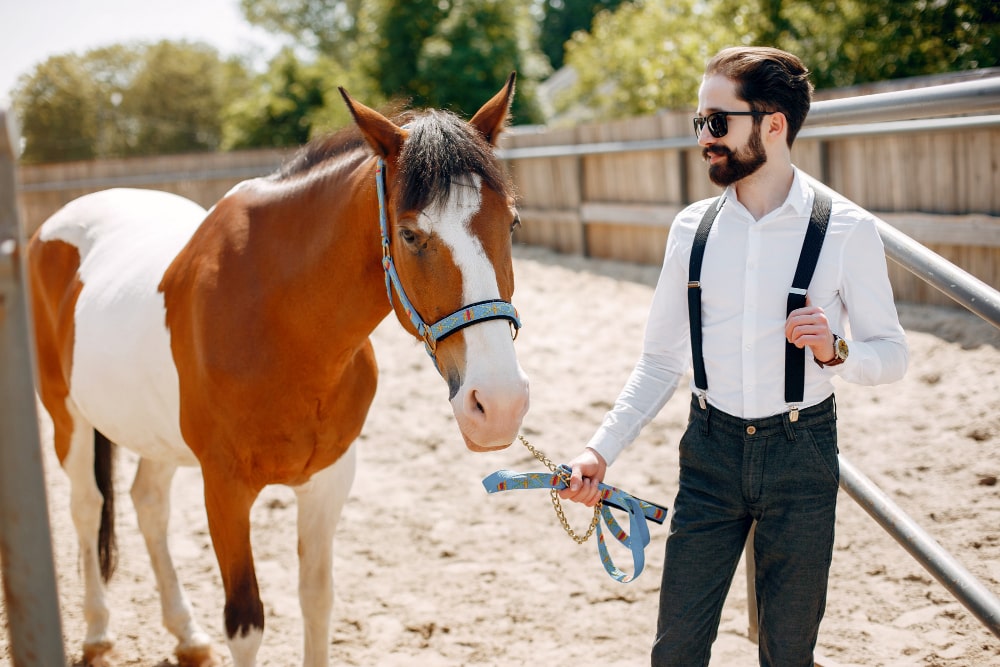
Pros and cons of equine ...

How Long After Mowing Can ...

How to Care for a ...
.jpg)
Why Do Horses Wear Blinders: ...
.jpg)
How to fit an exercise ...

Why is my horse bucking ...
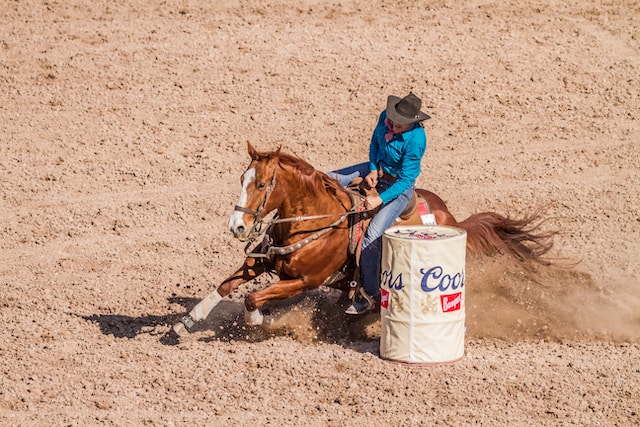
What causes a horse to ...
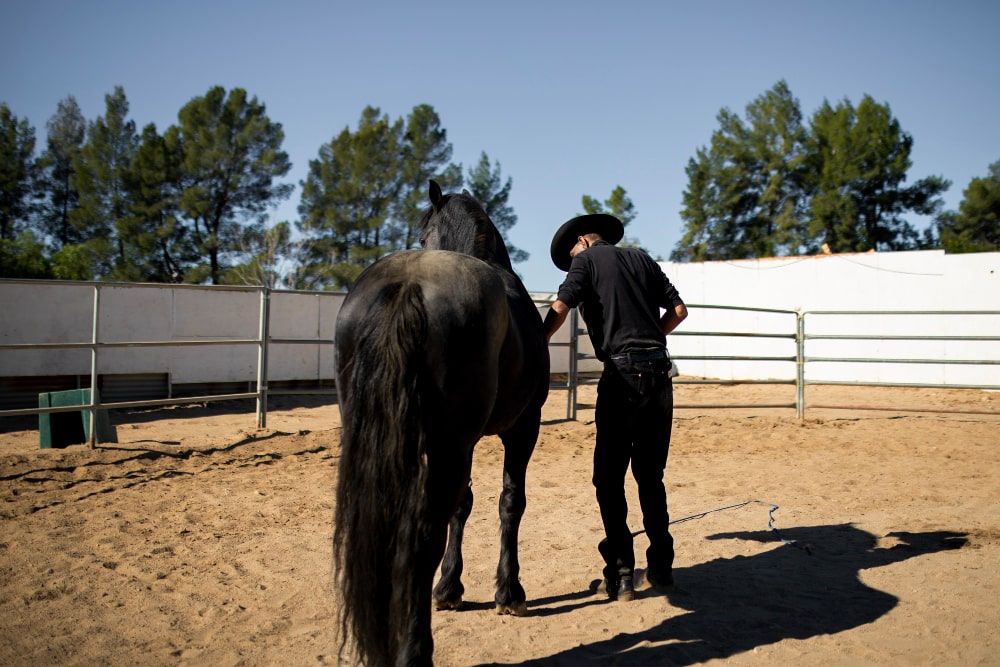
How to Stop a Horse ...
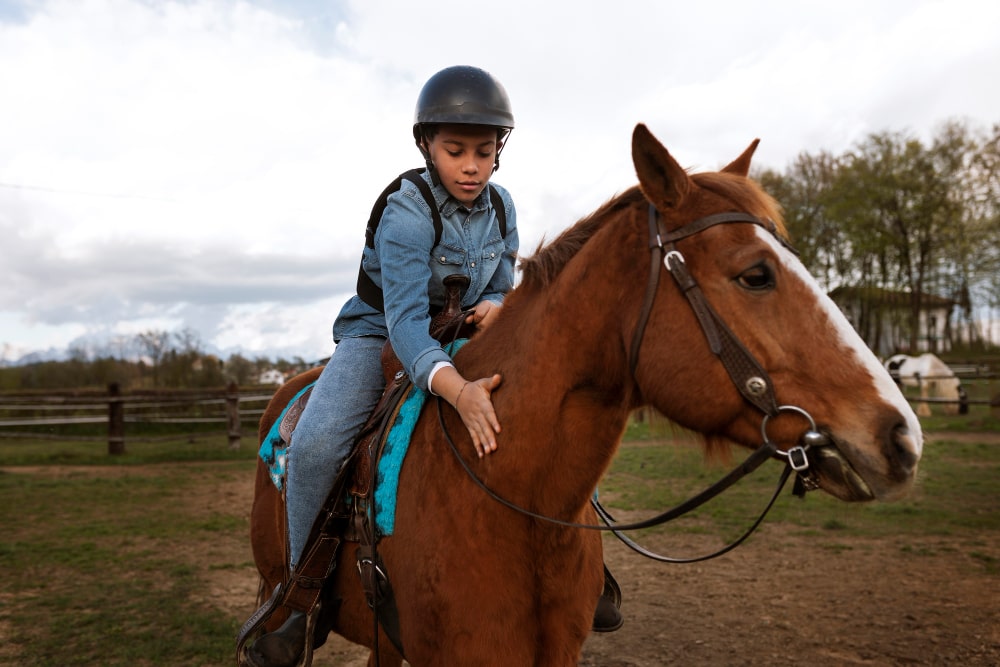
Why Is My Horse Bunny ...
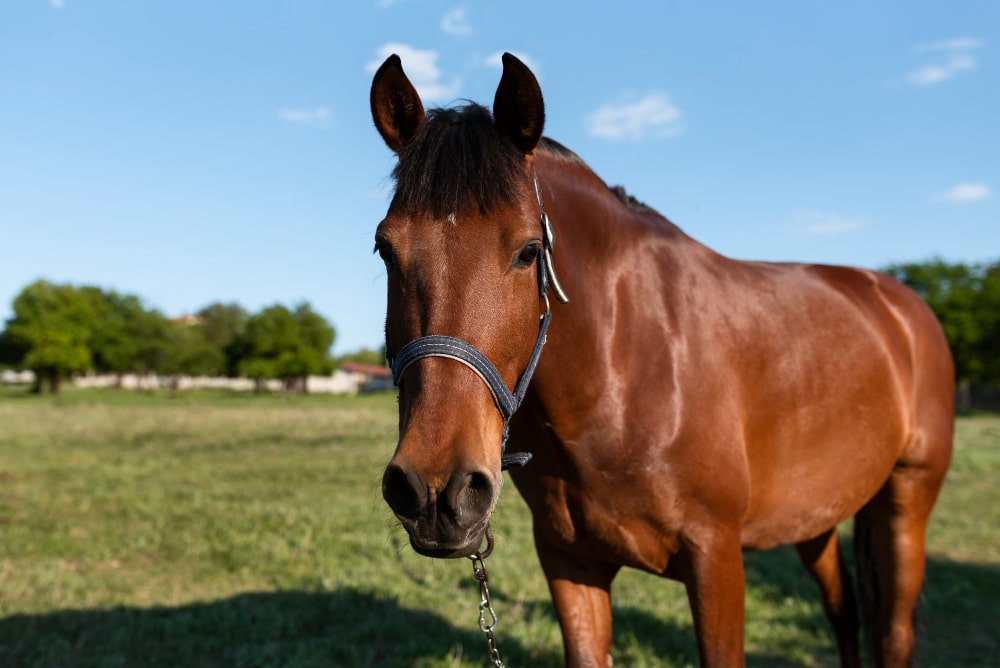
How To Improve Pasture For ...
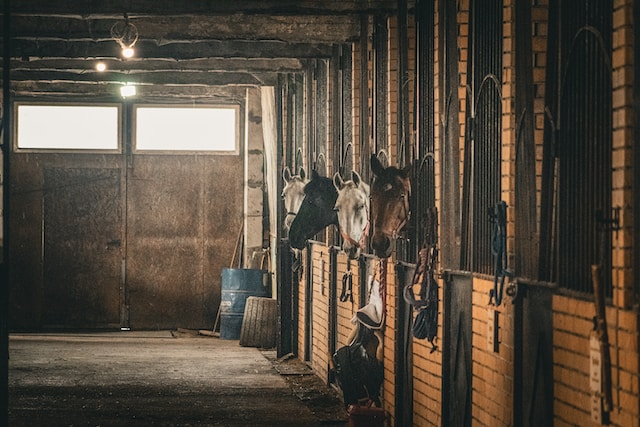
How to get the smell ...

Can you add ramp to ...

What Is The Temperament Of ...
.jpg)
Why Is Friesian Horse Hair ...
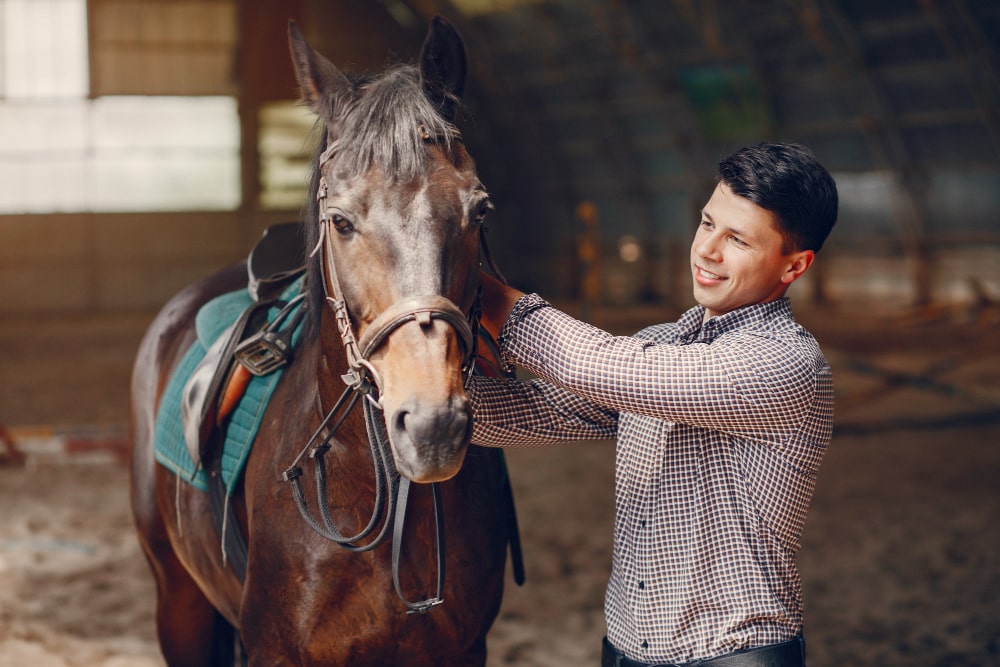
Why is my horse testing ...
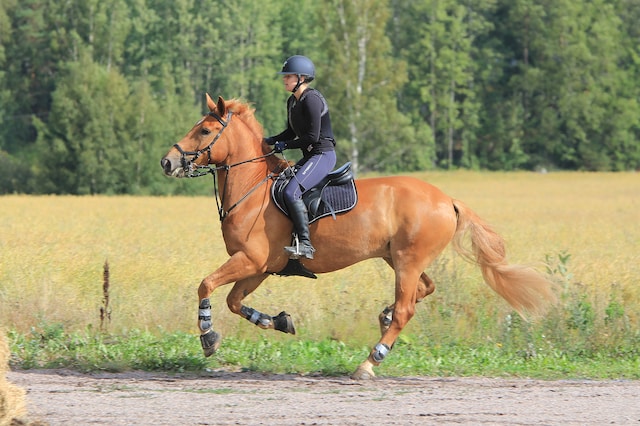
How often you should take ...
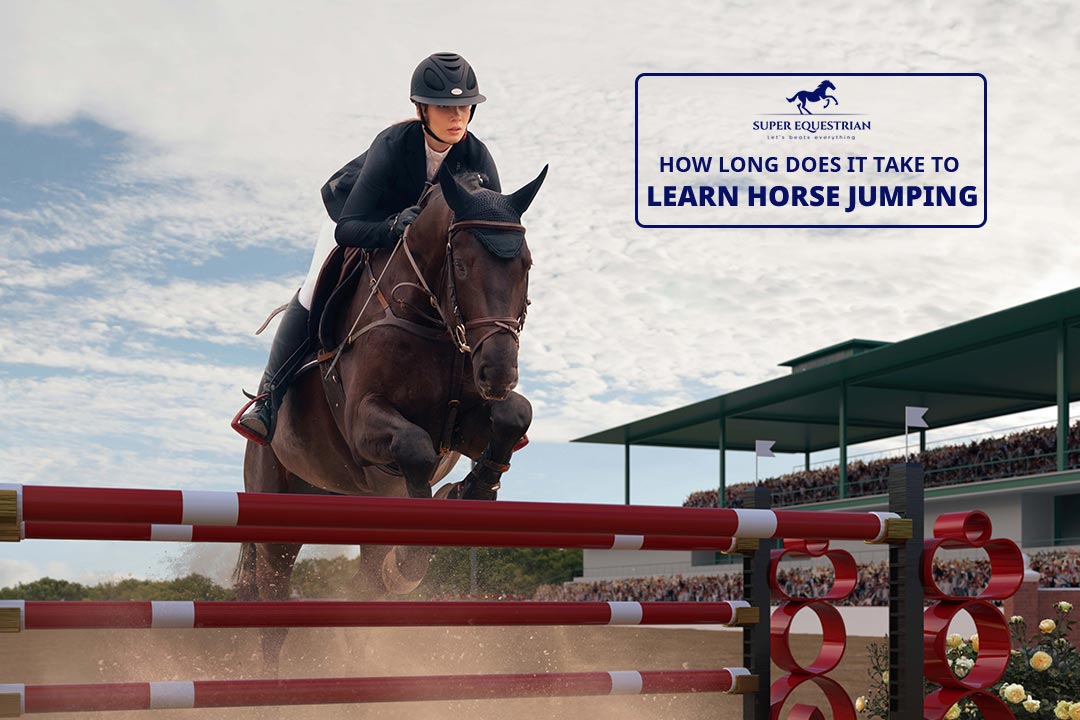
How long does it take ...
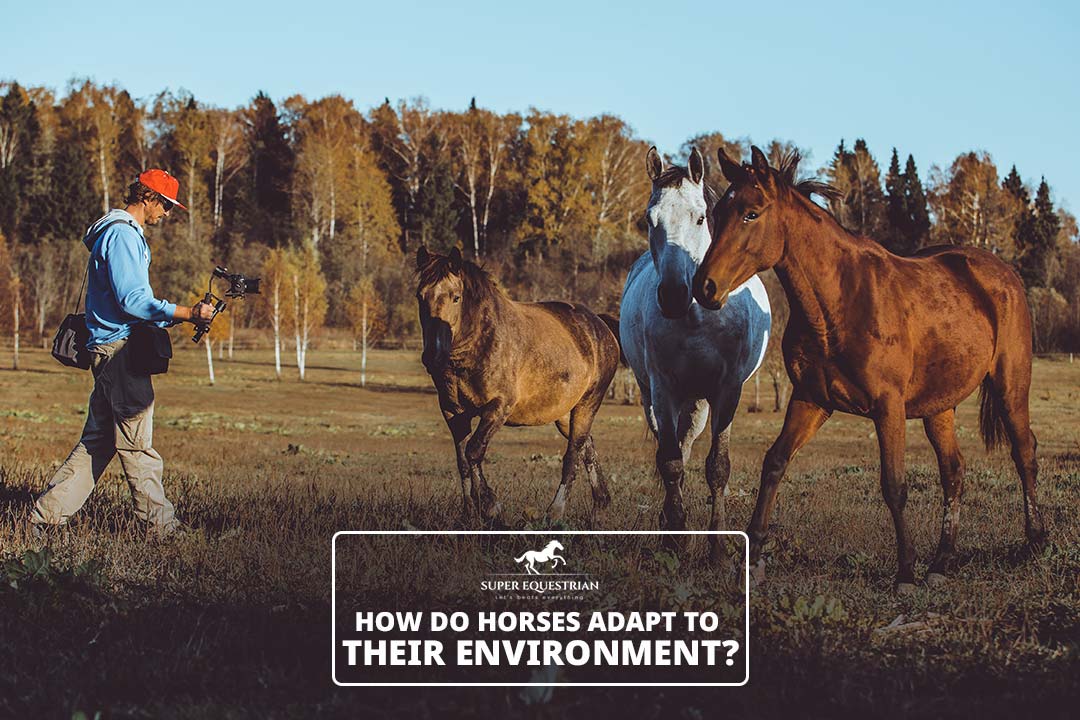
How do horses adapt to ...

How To Prepare For A ...
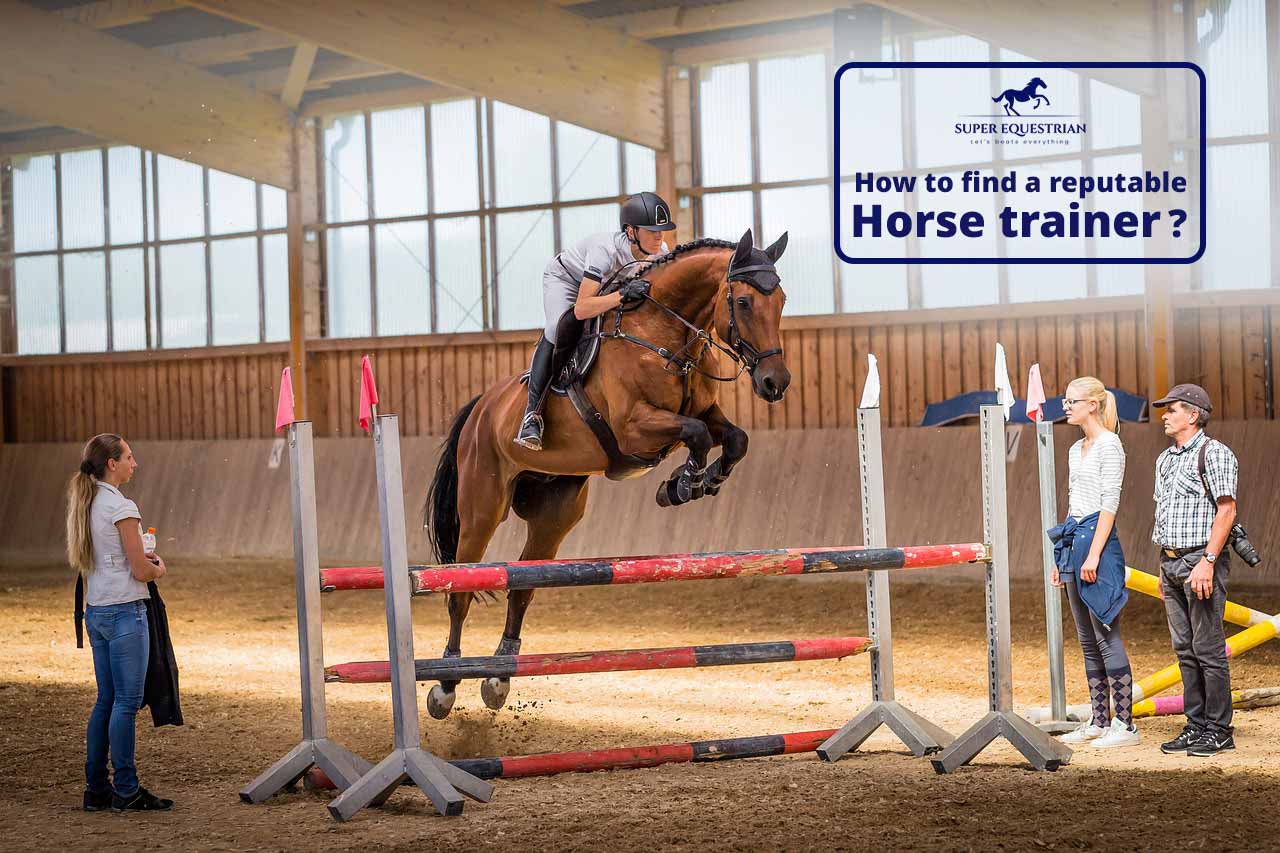
How To Find A Reputable ...
.jpg)
Do Horses Get Medals at ...

How to create a horse-...